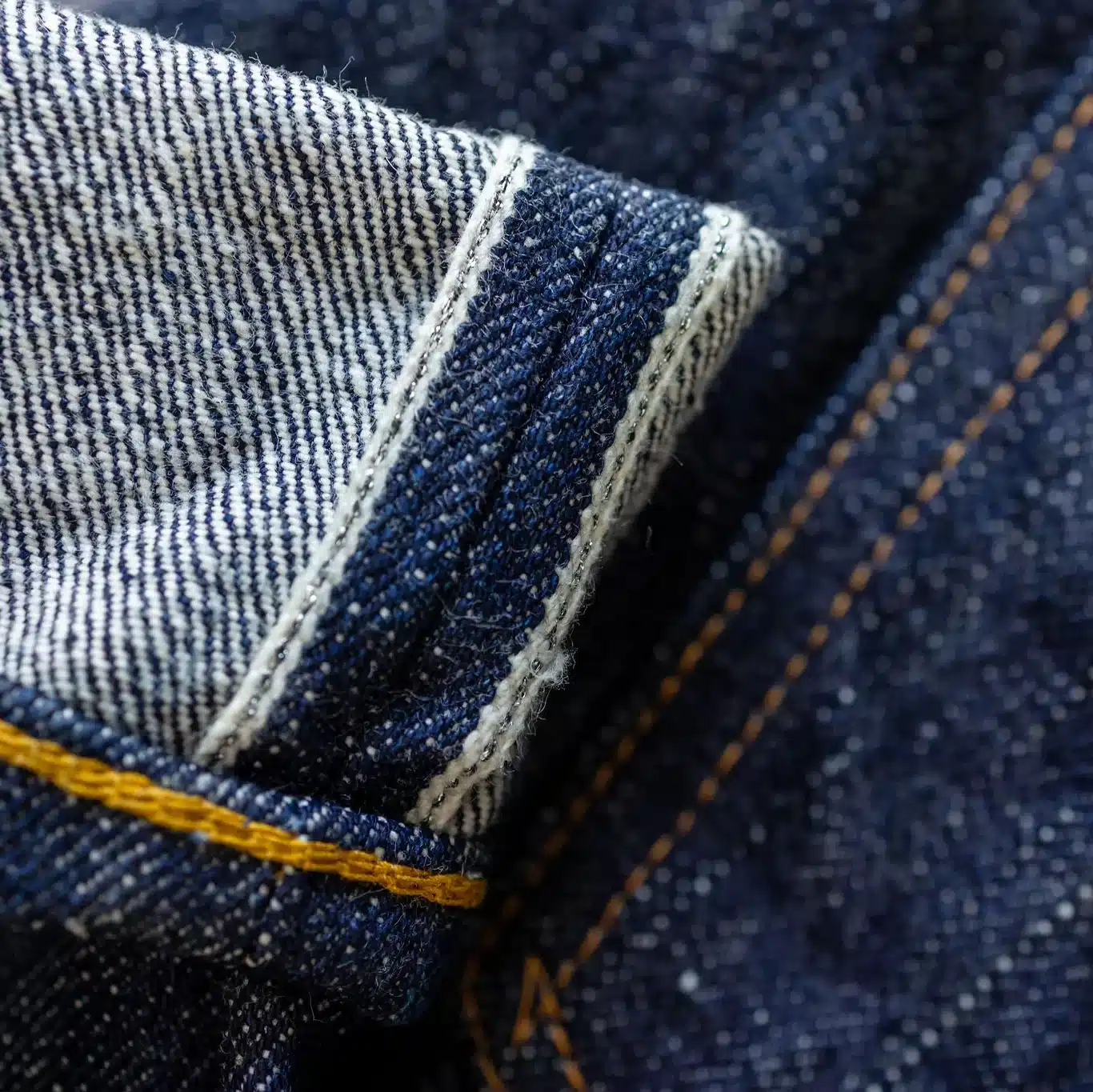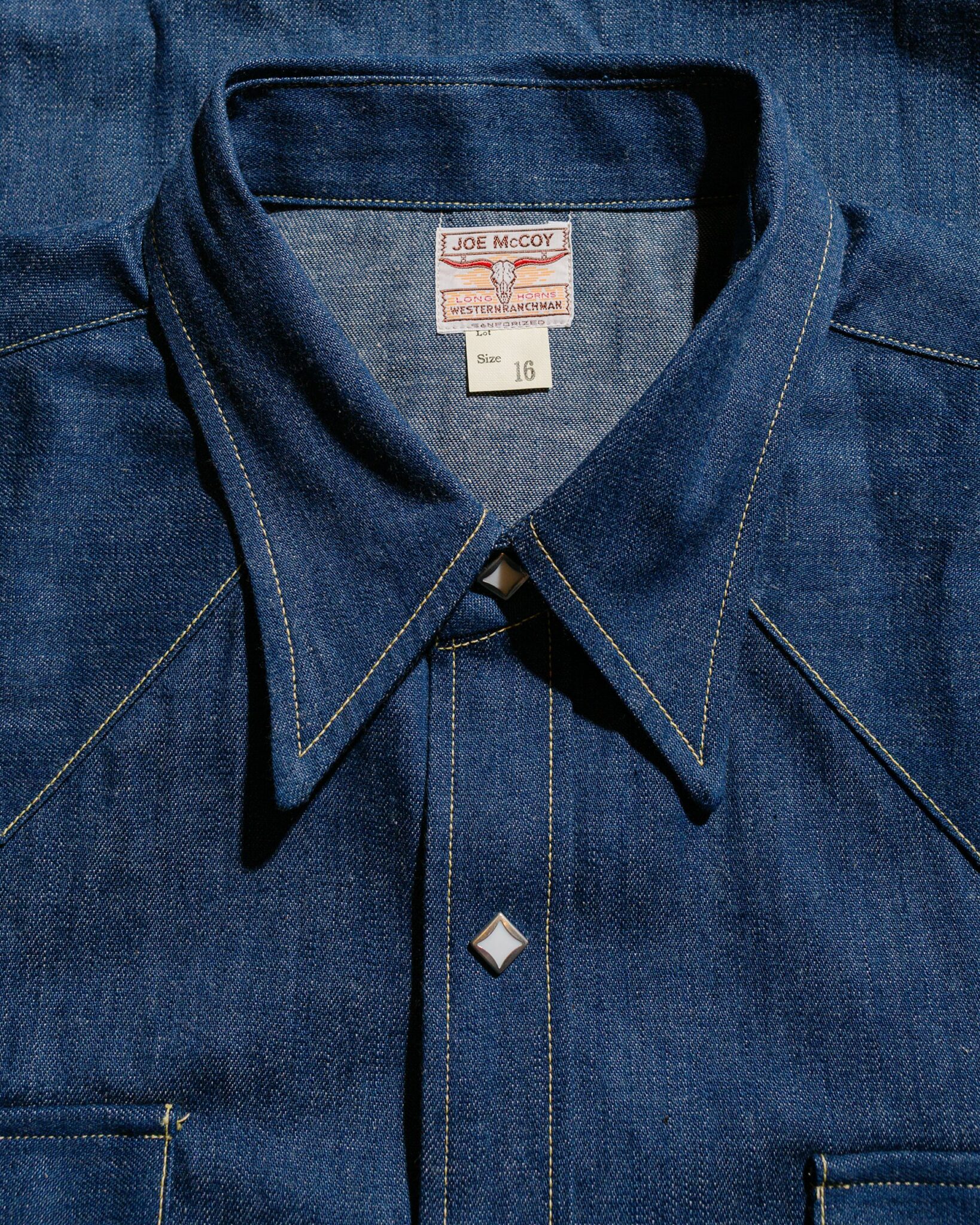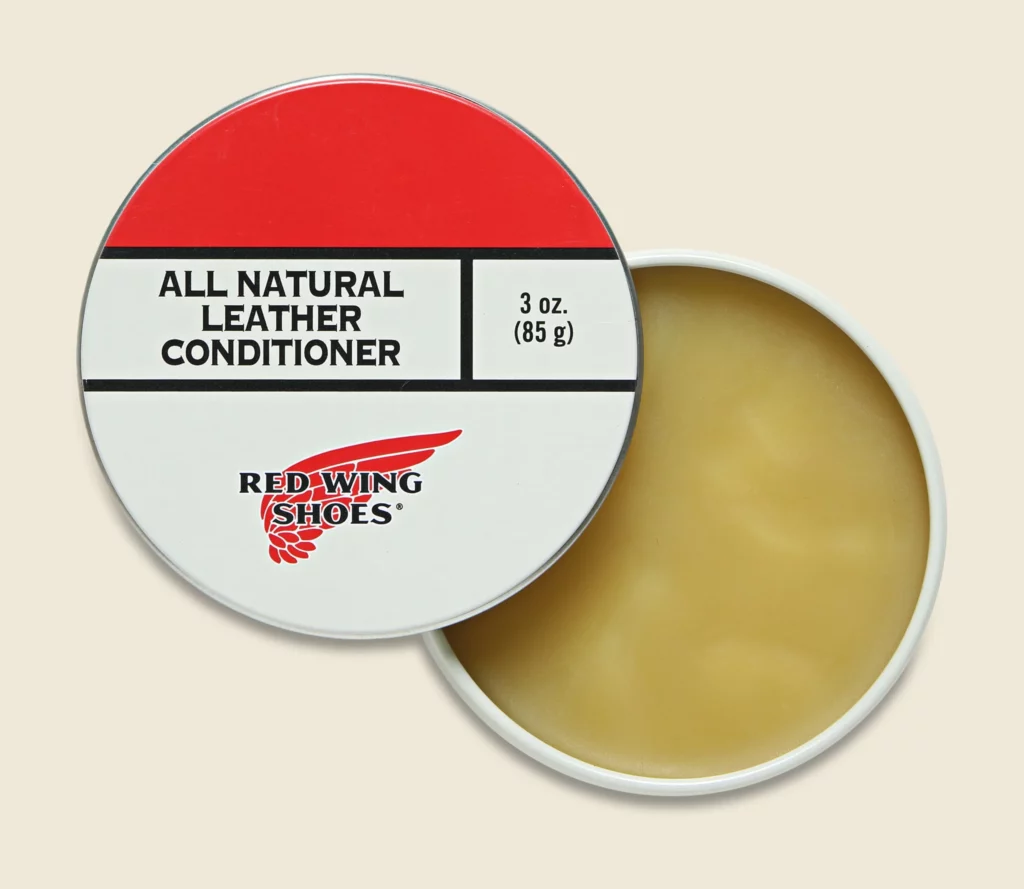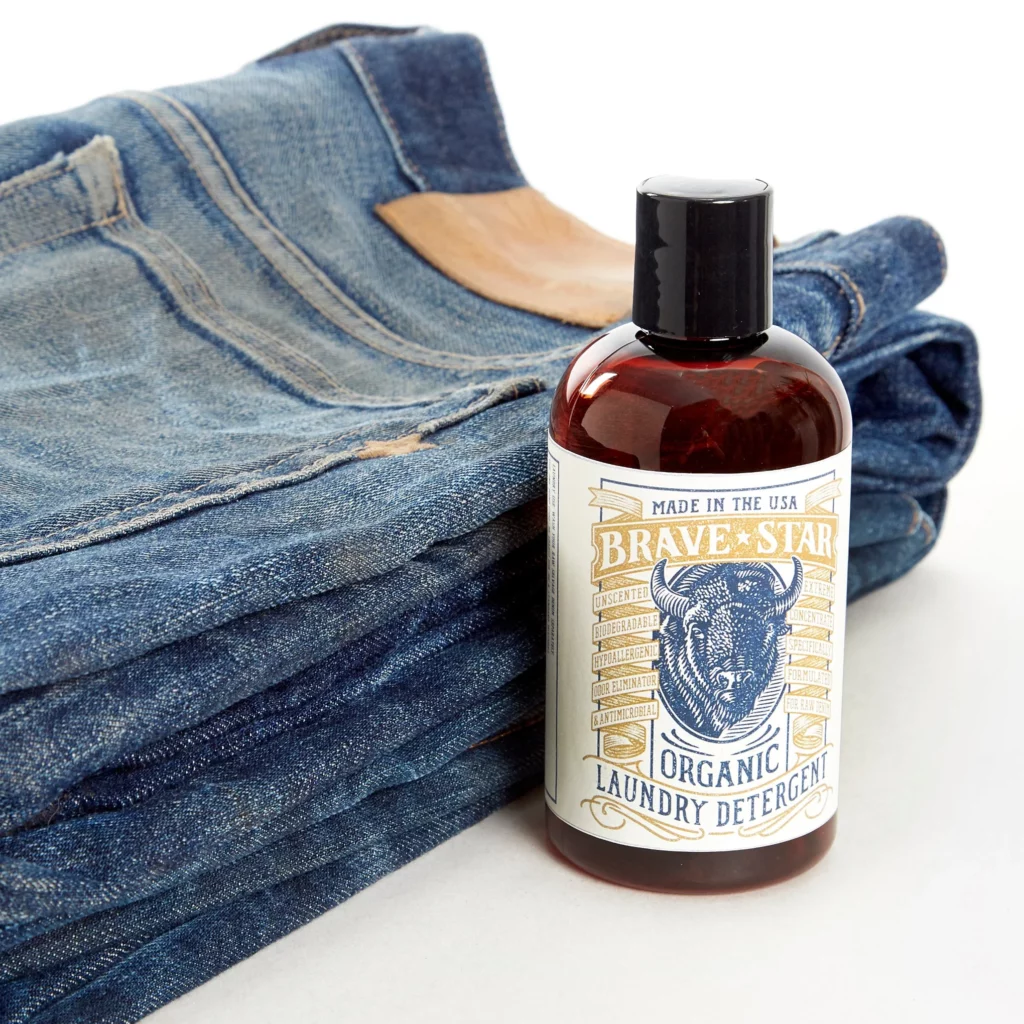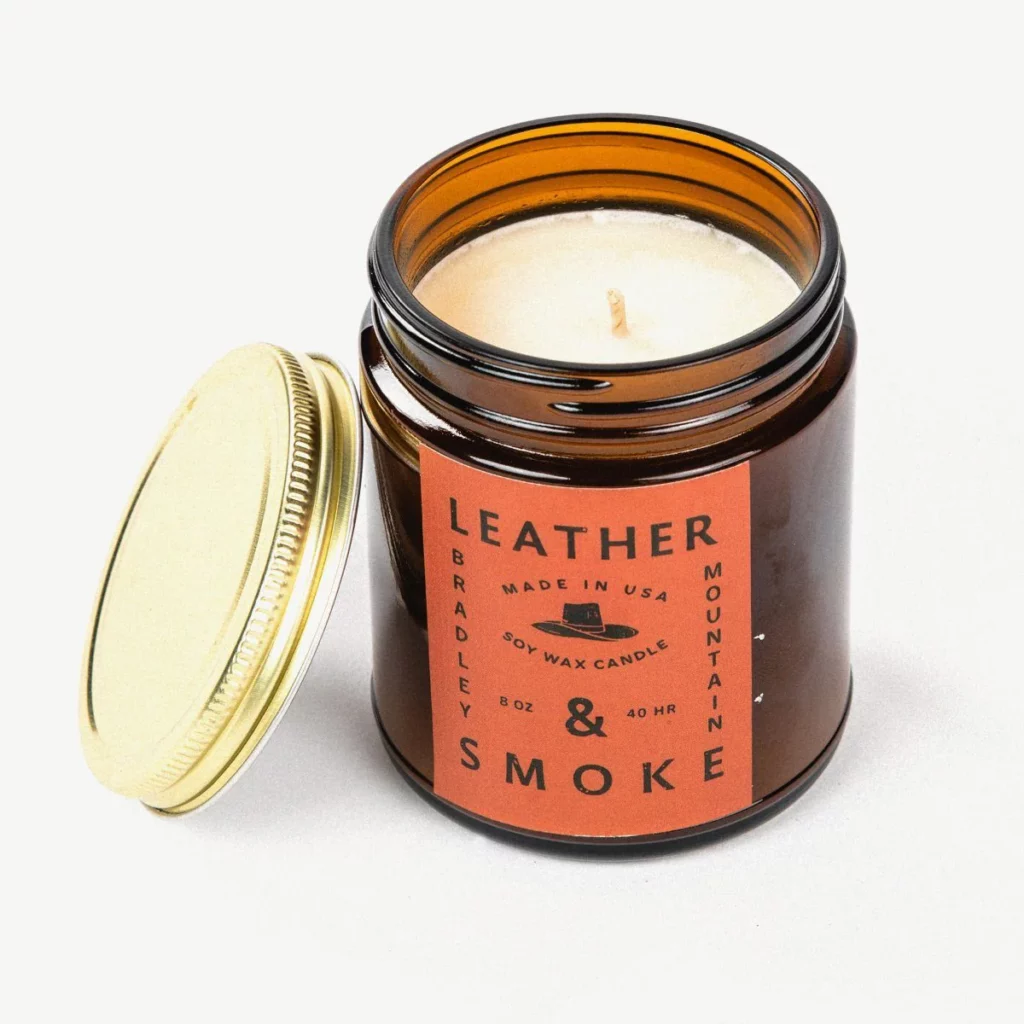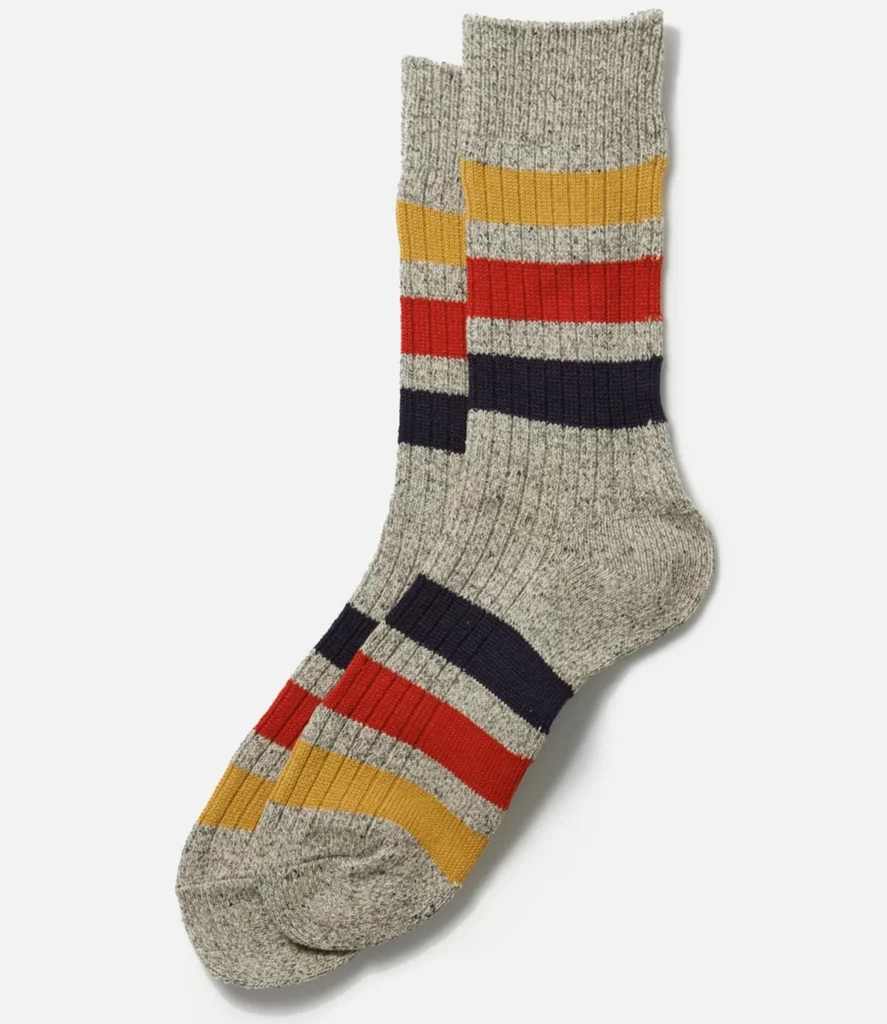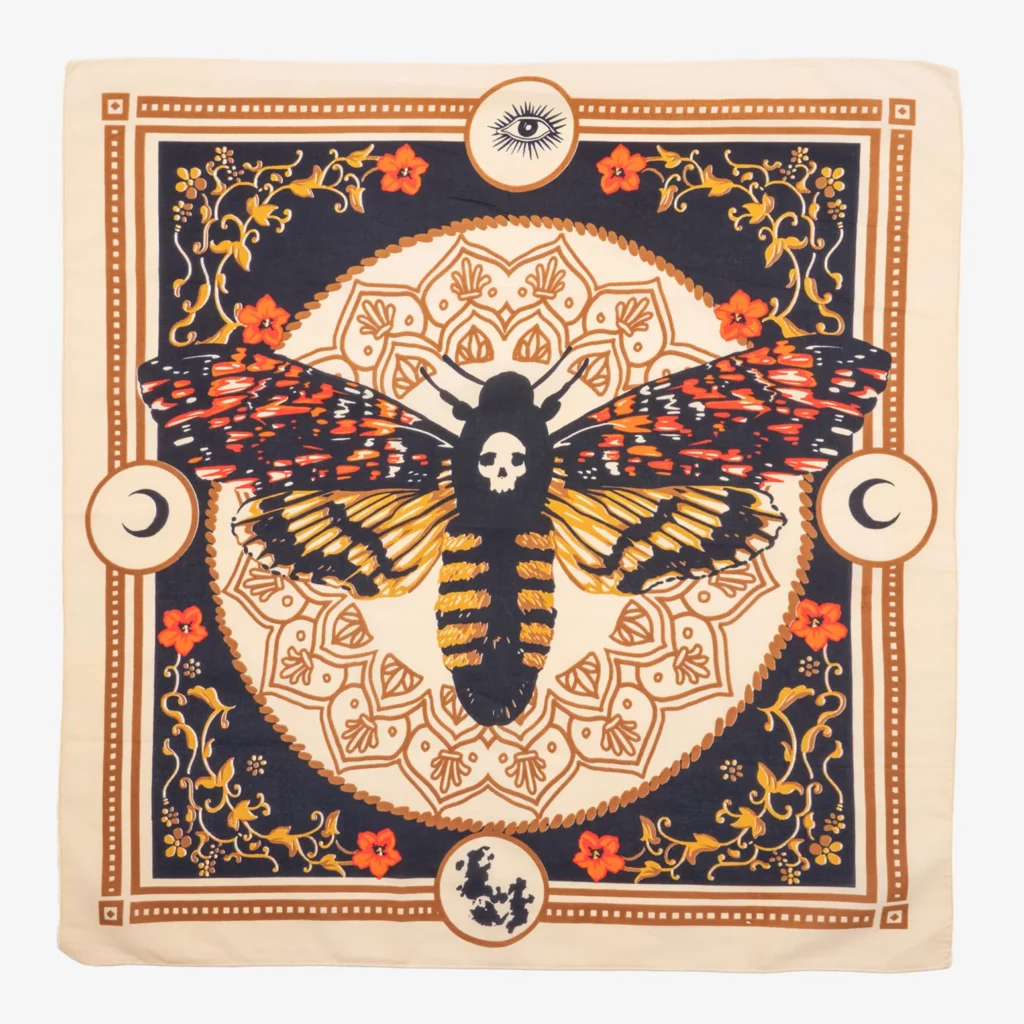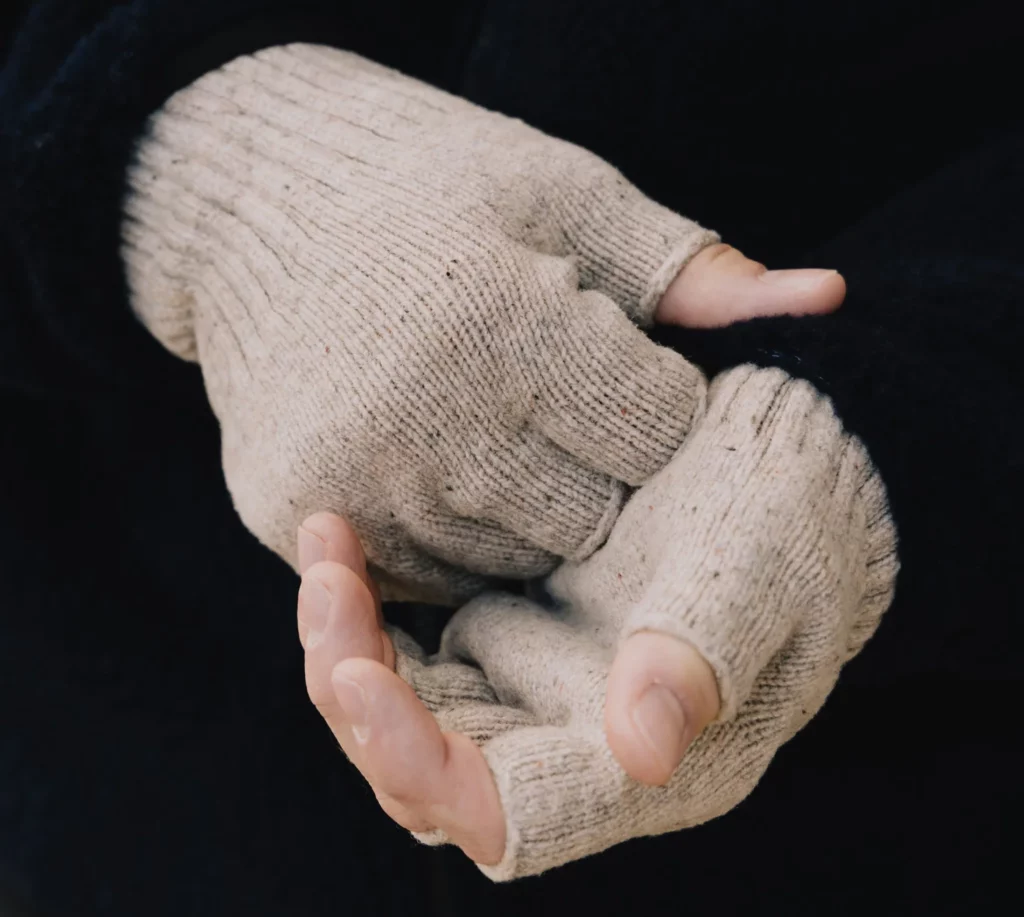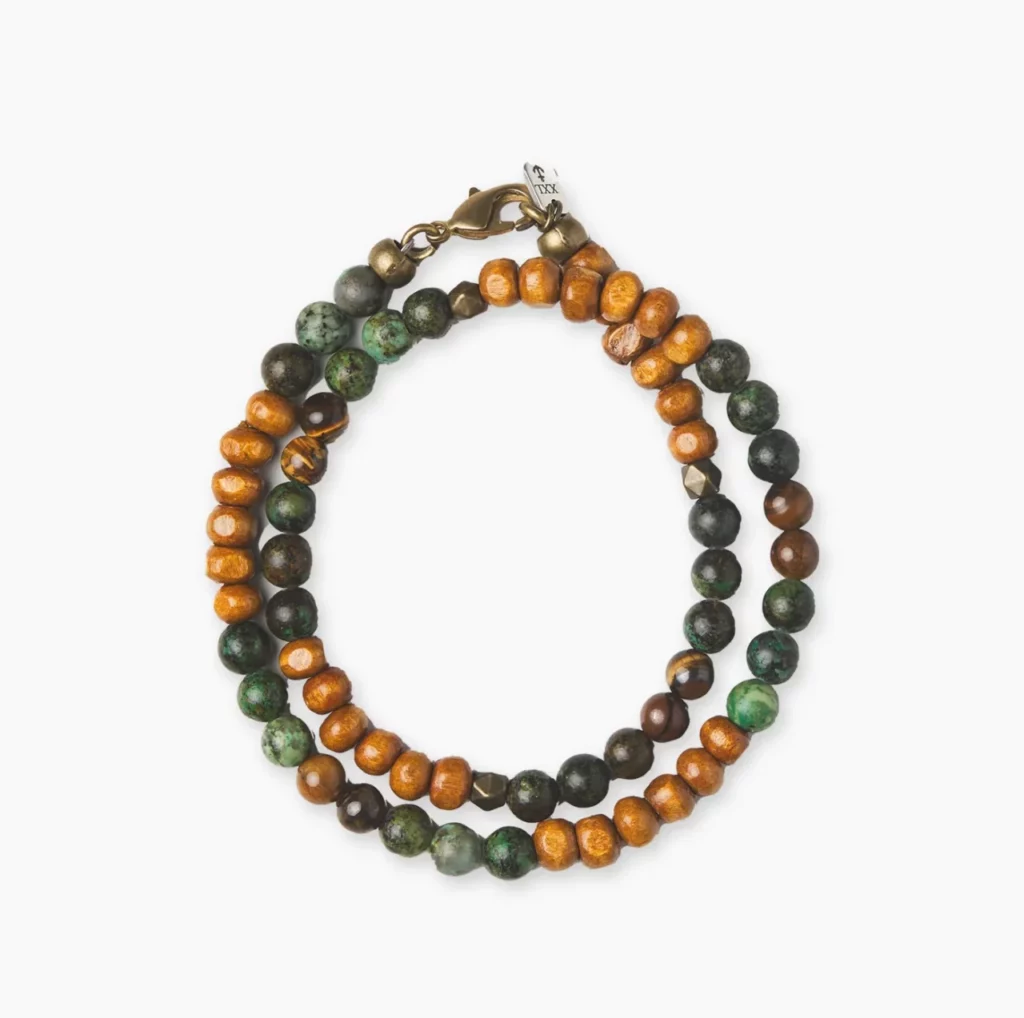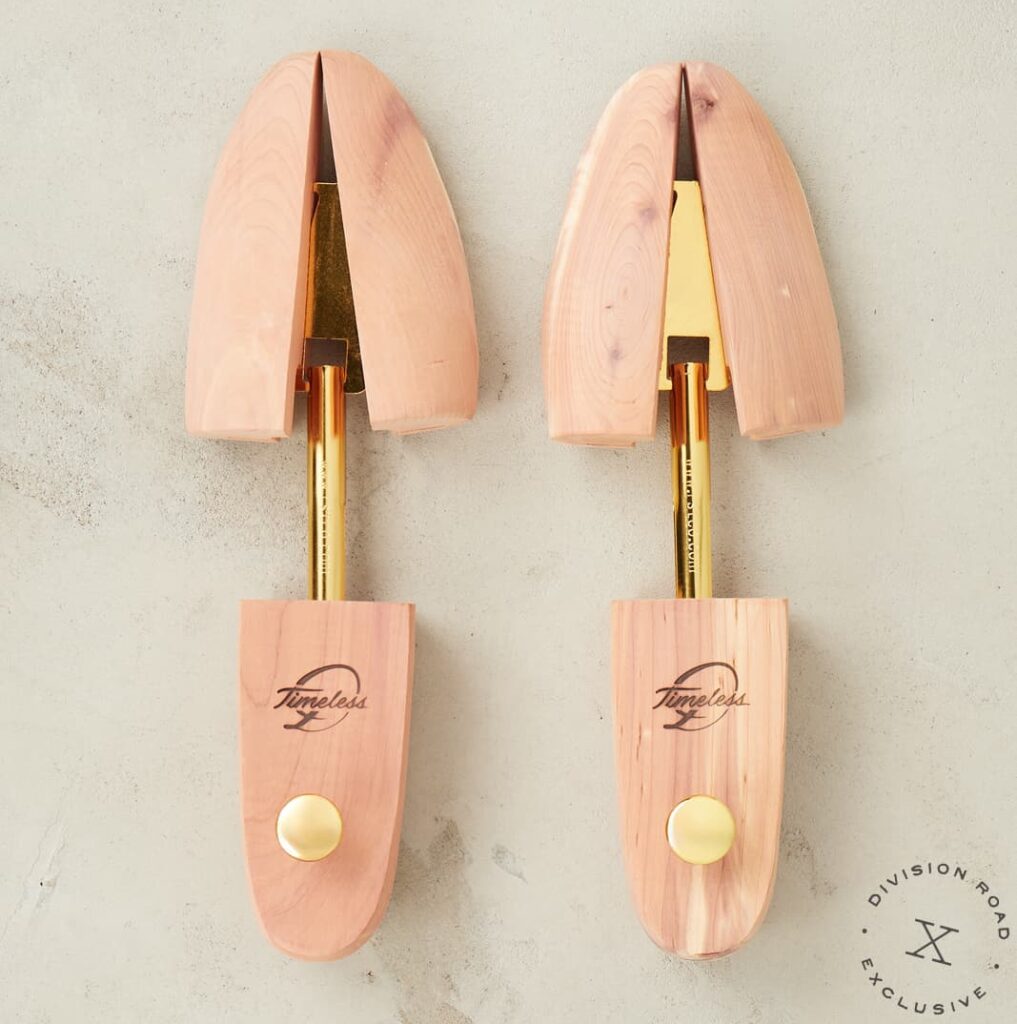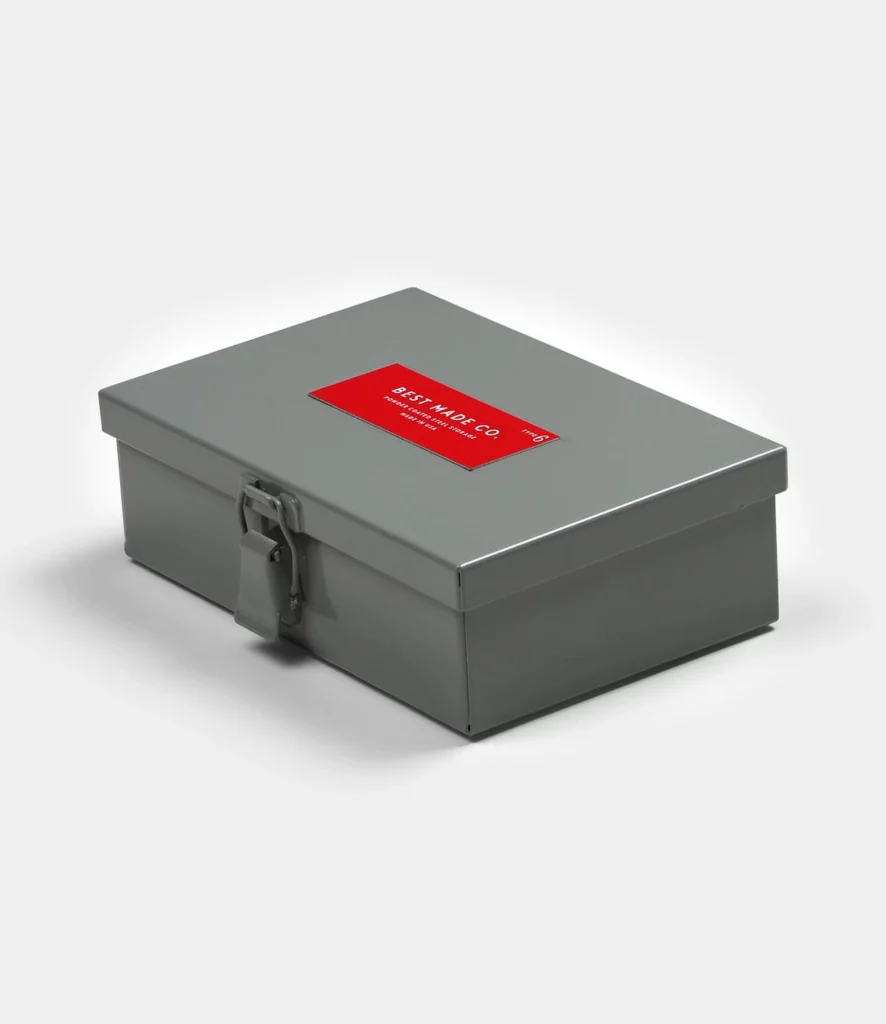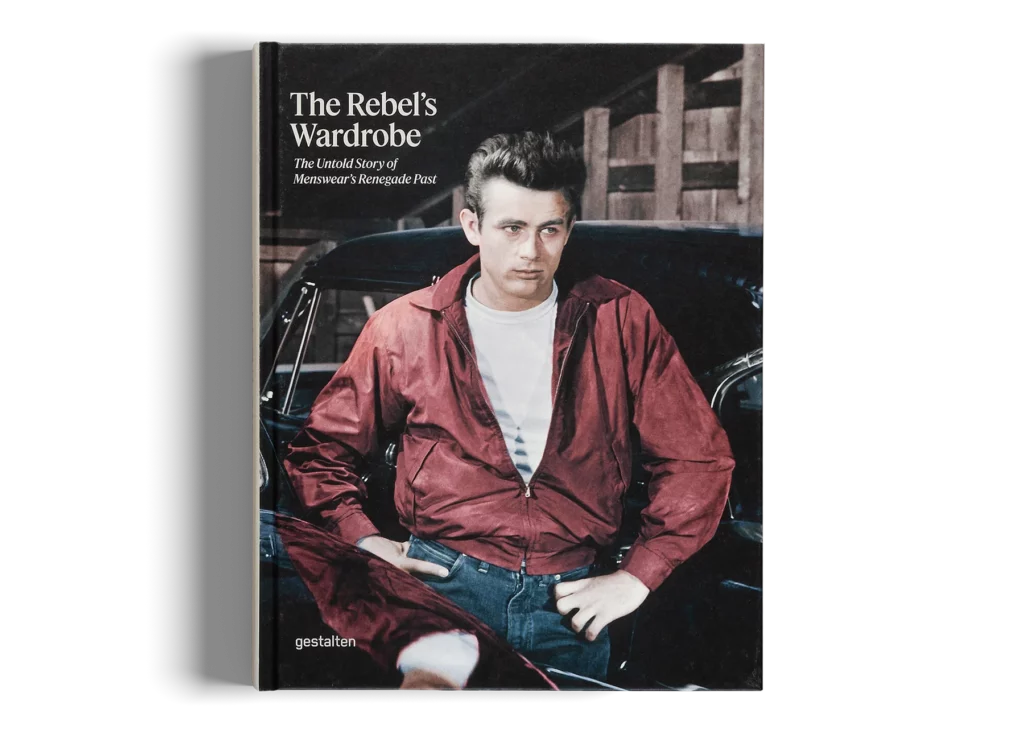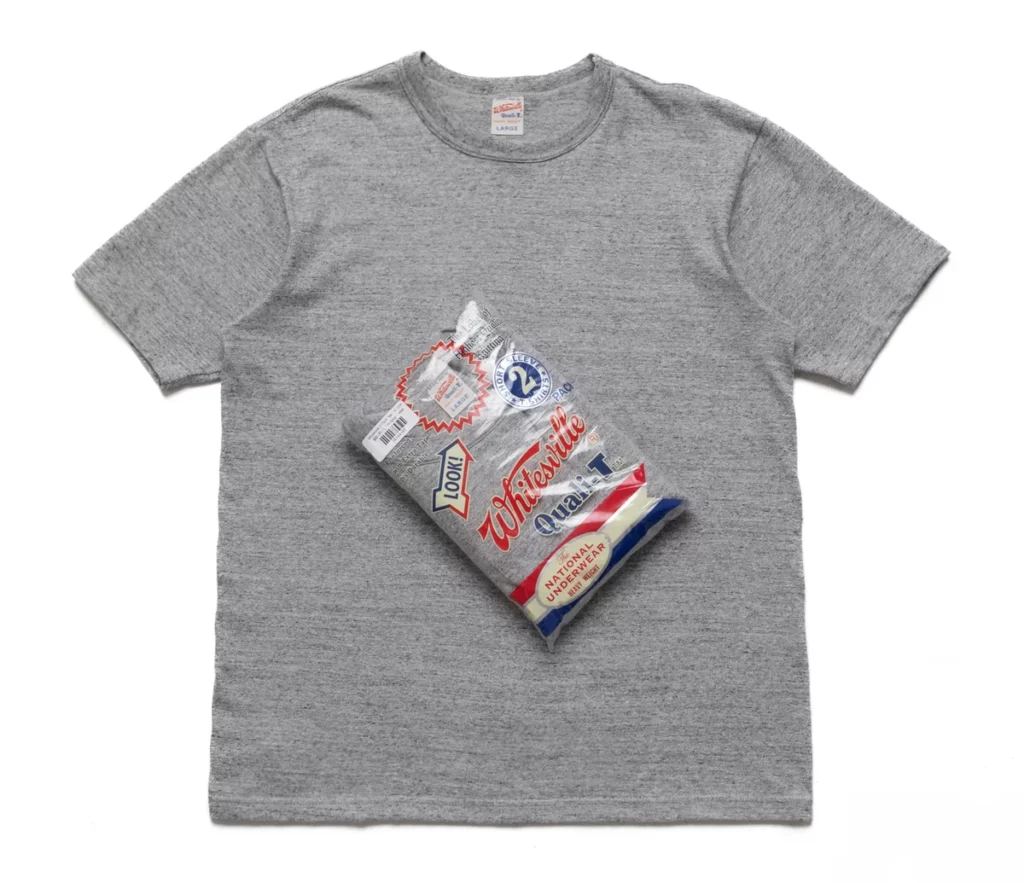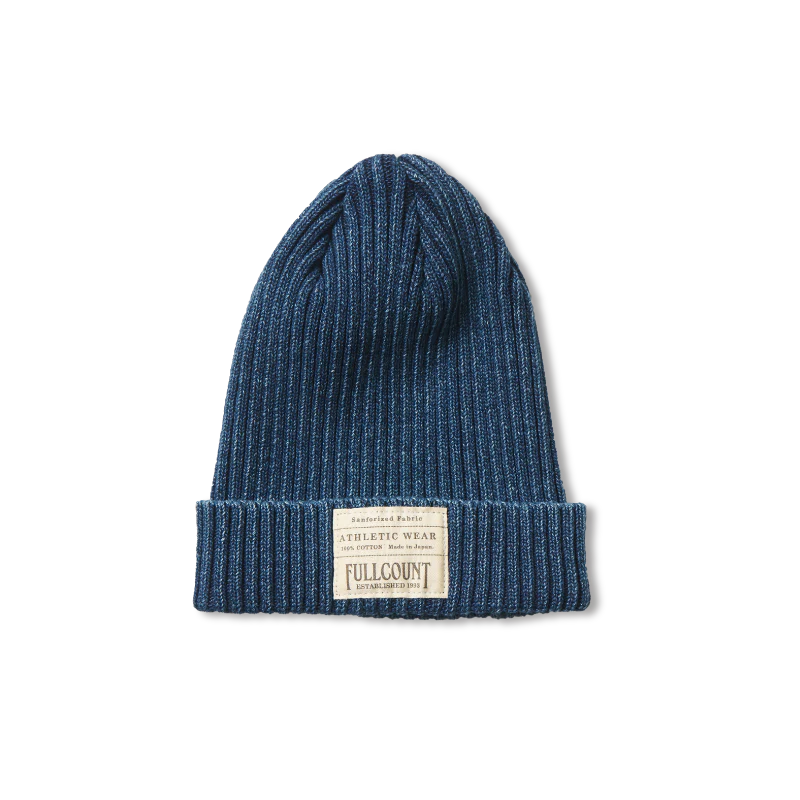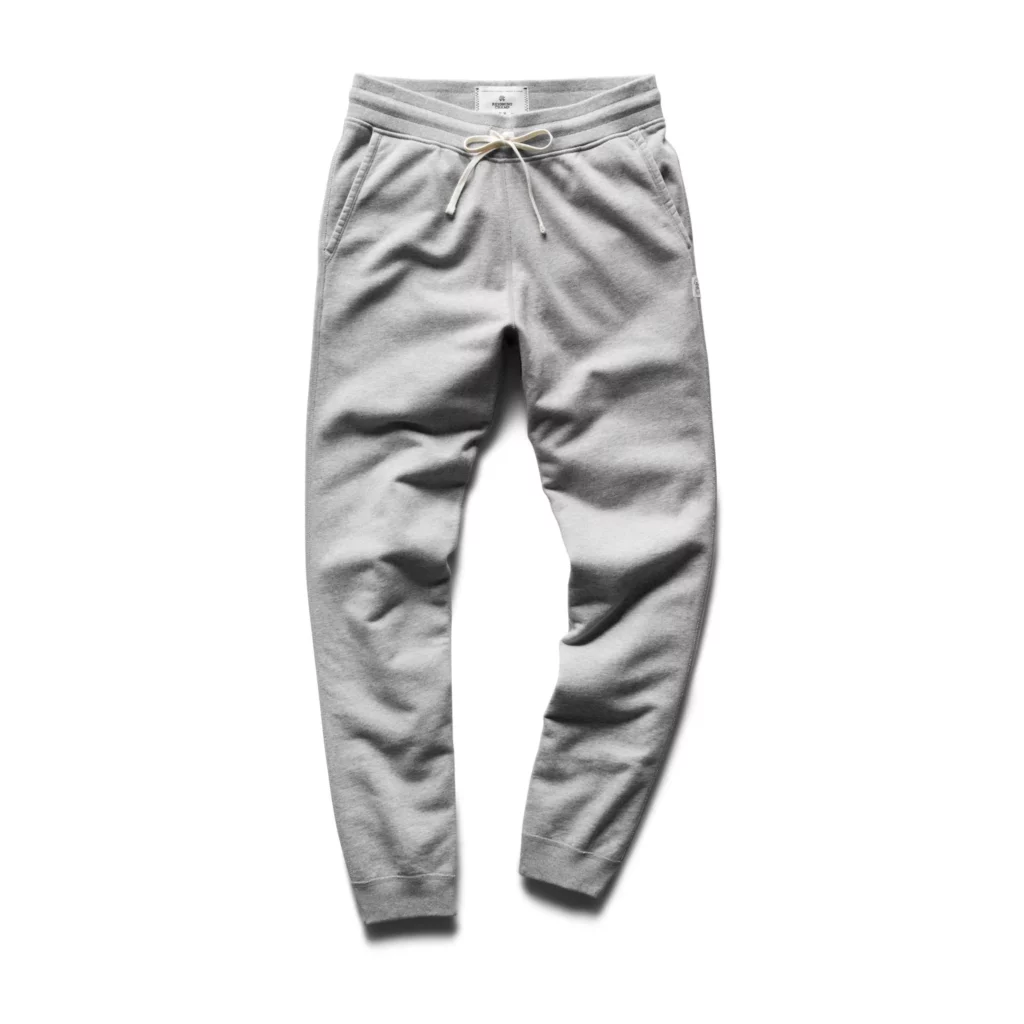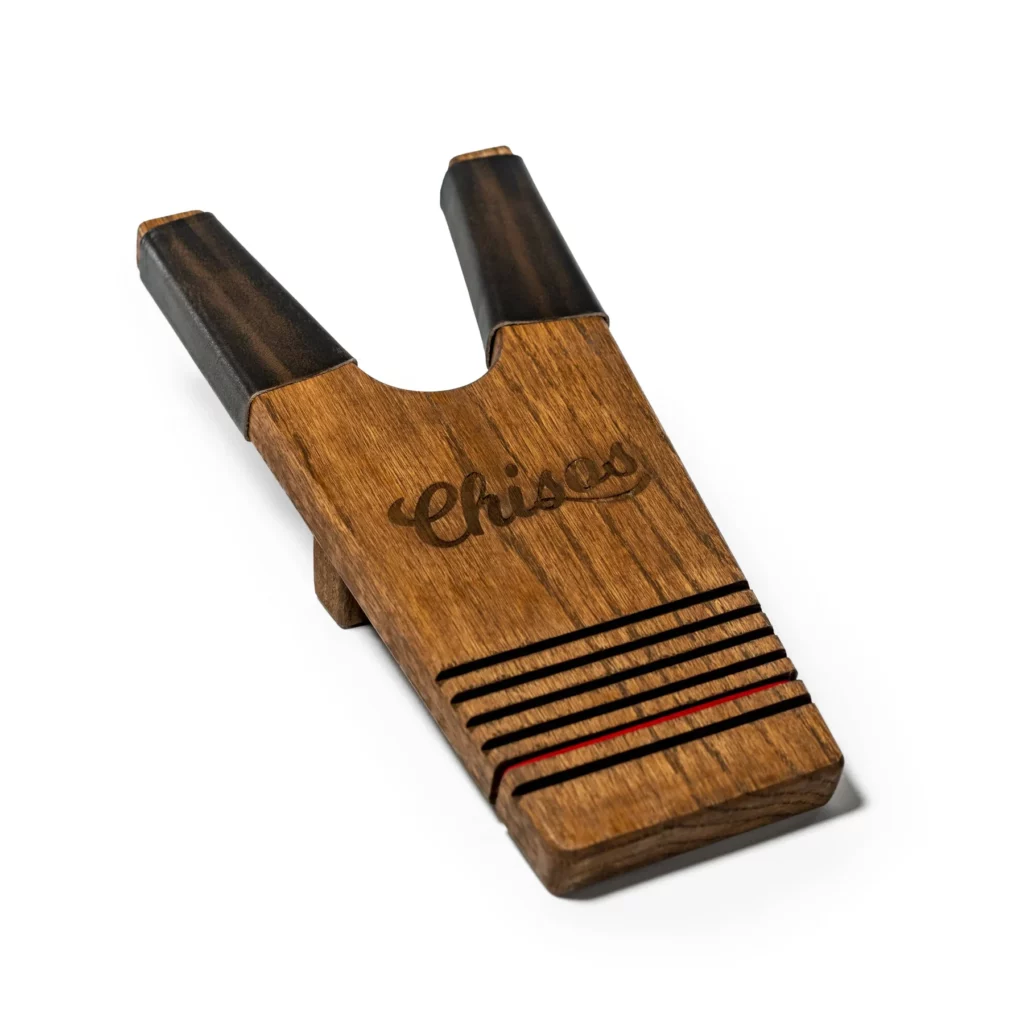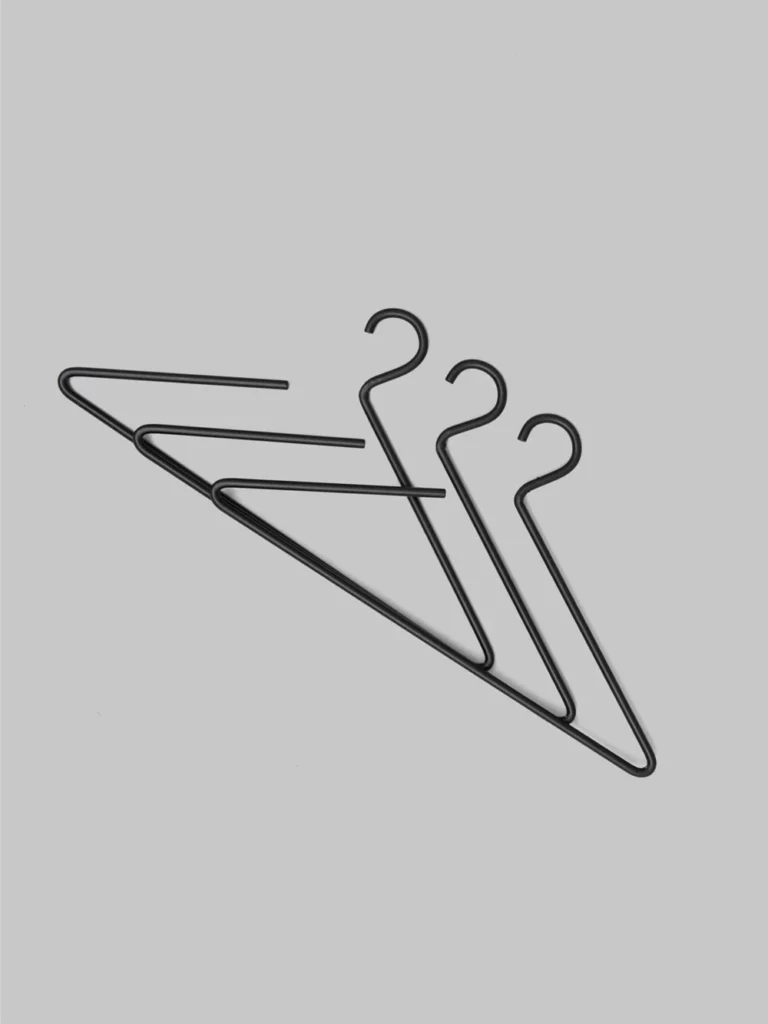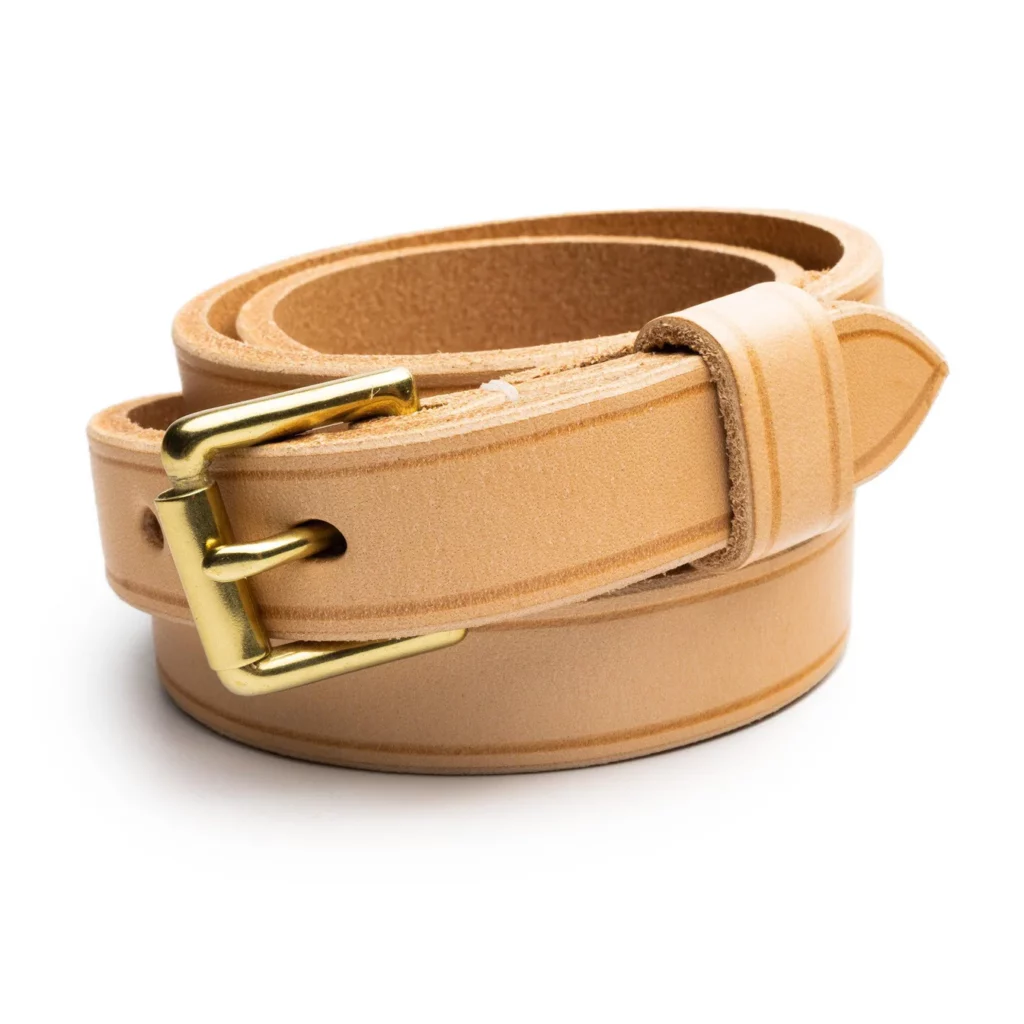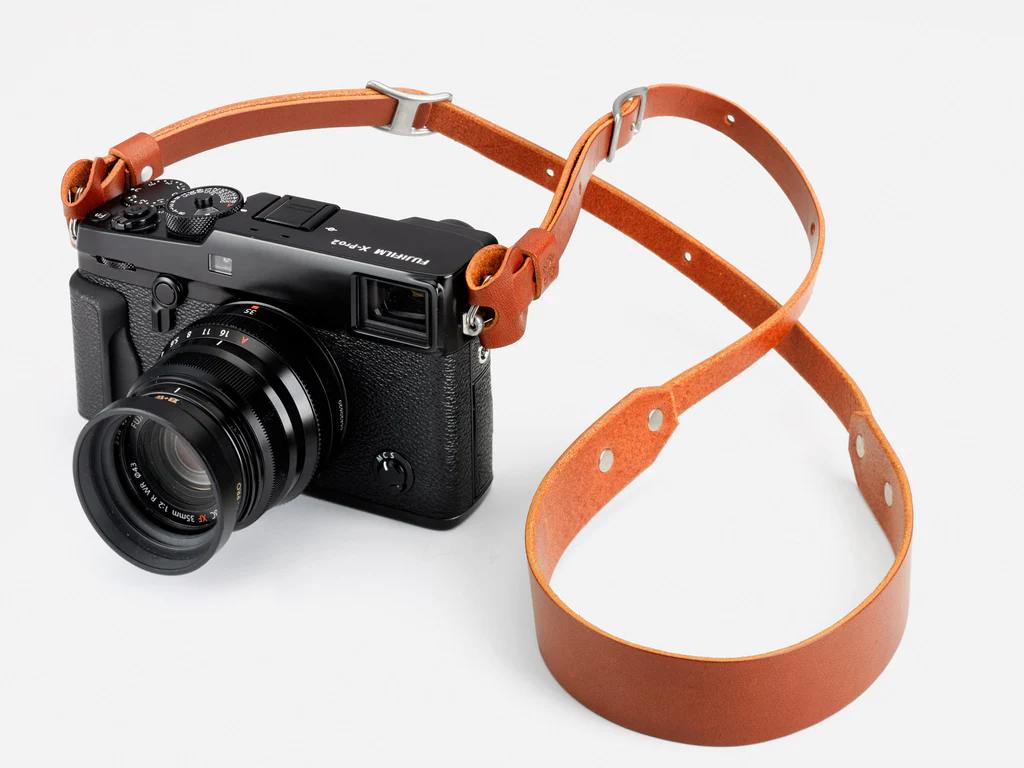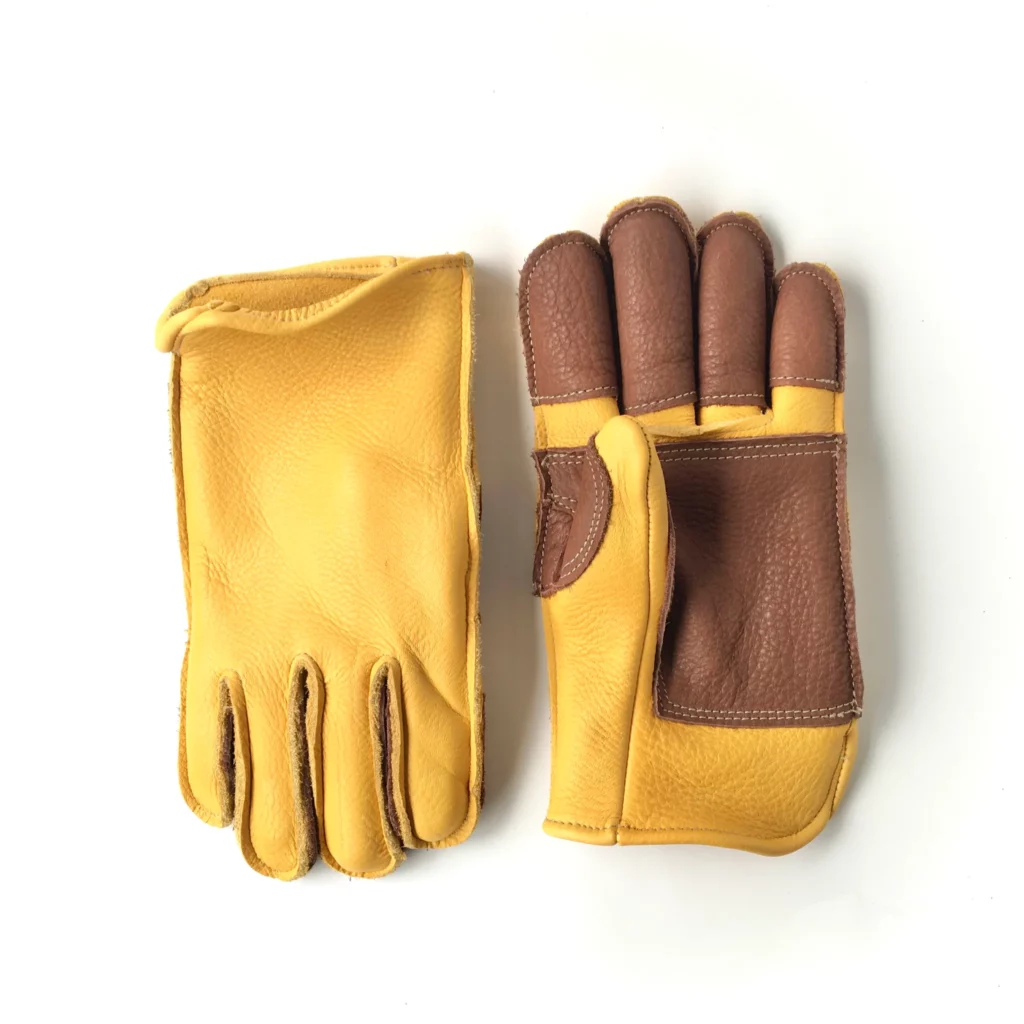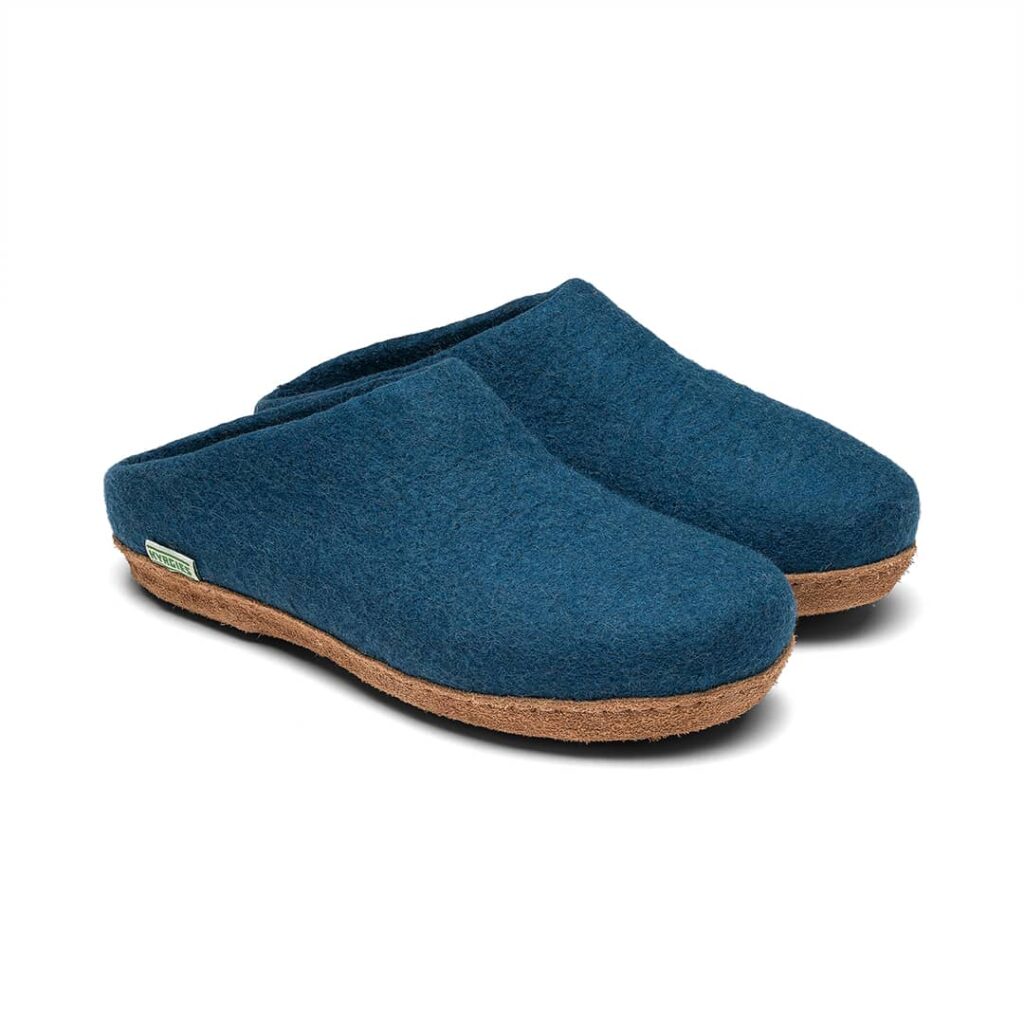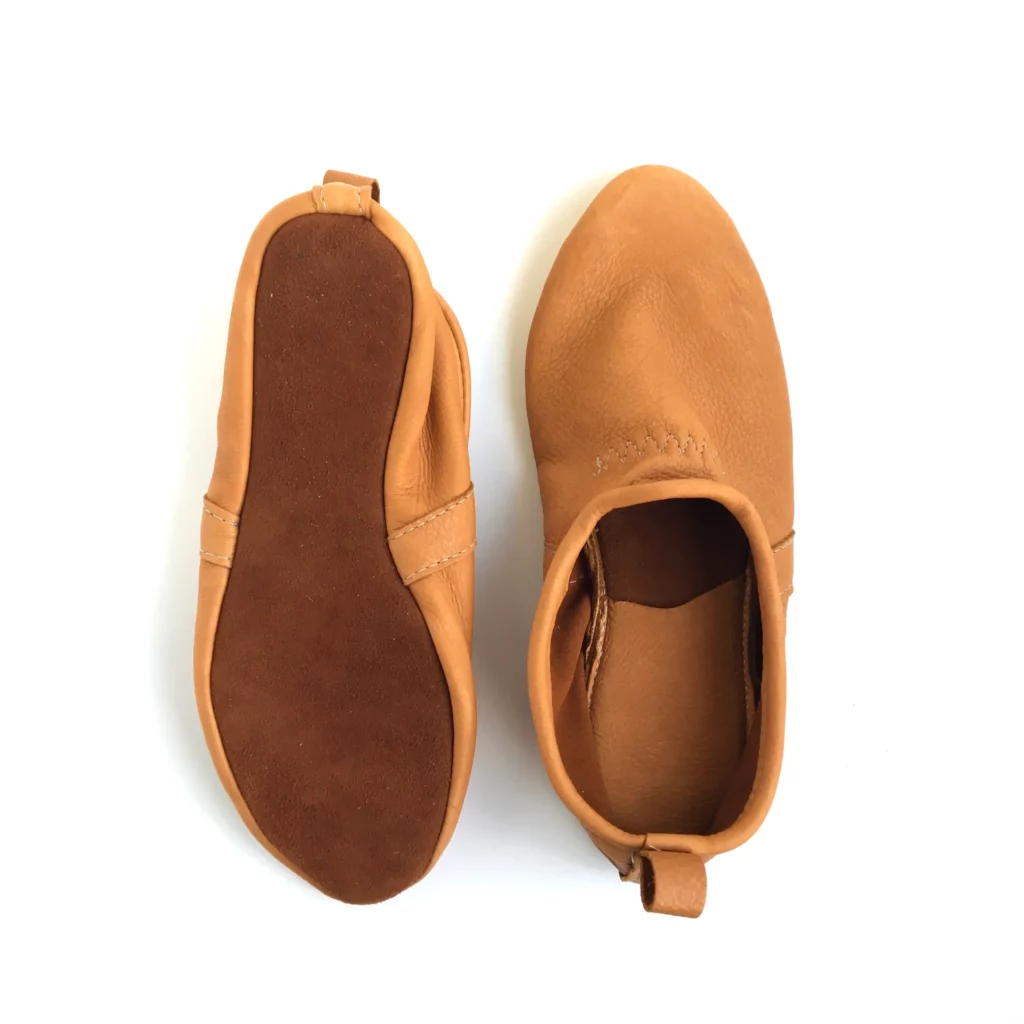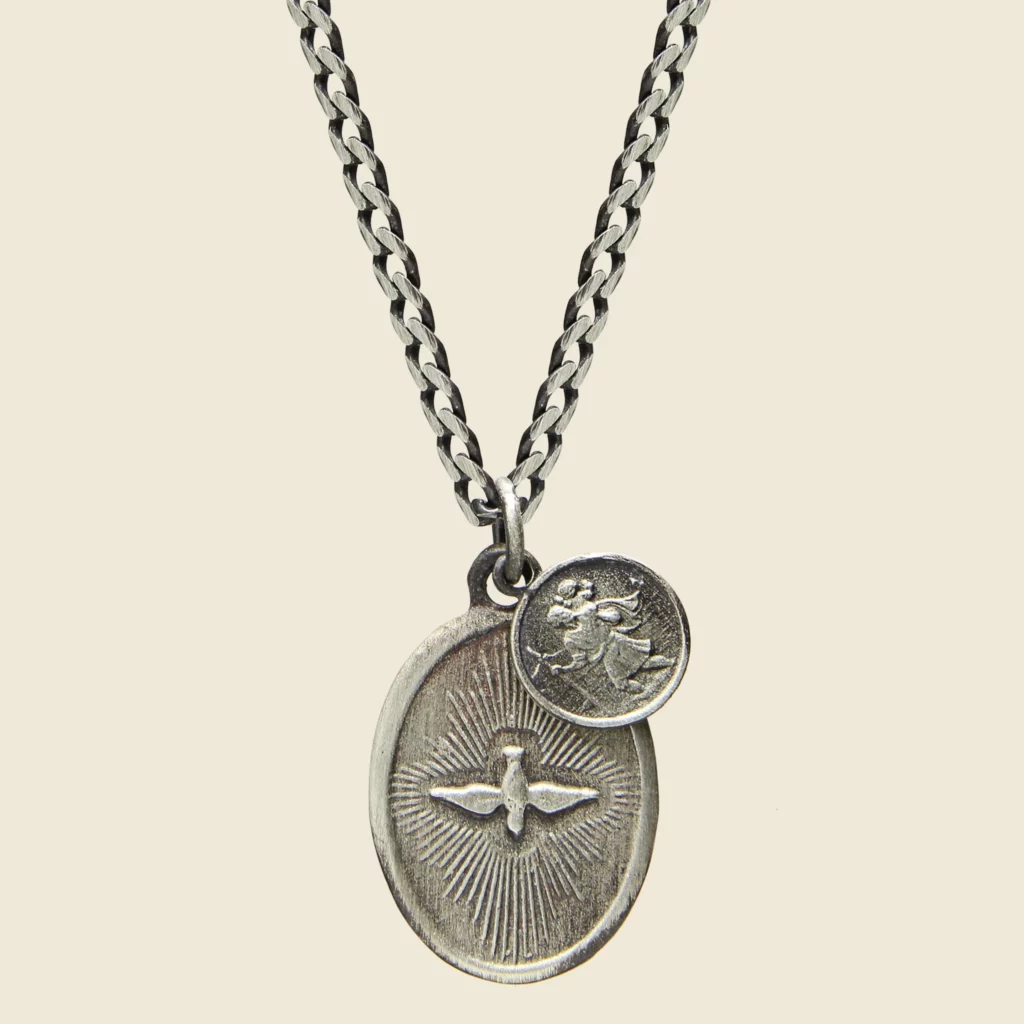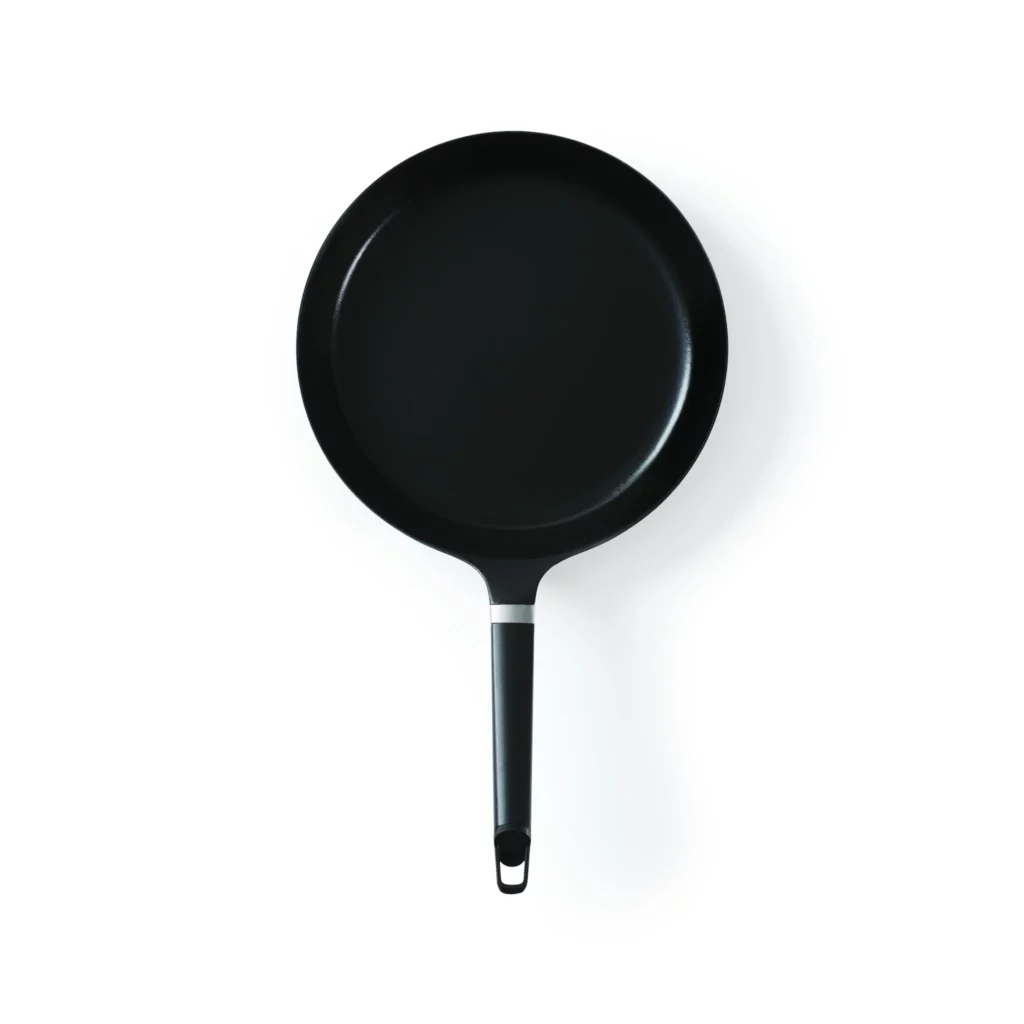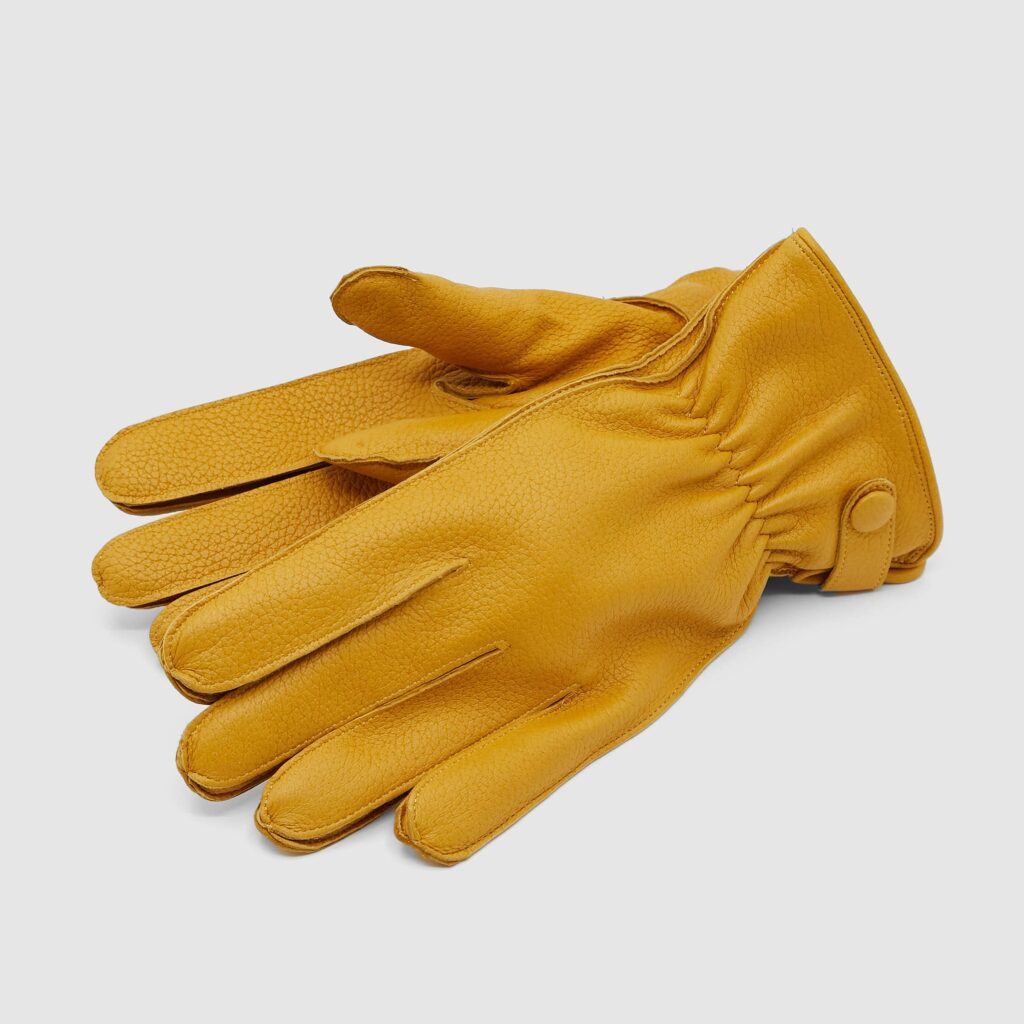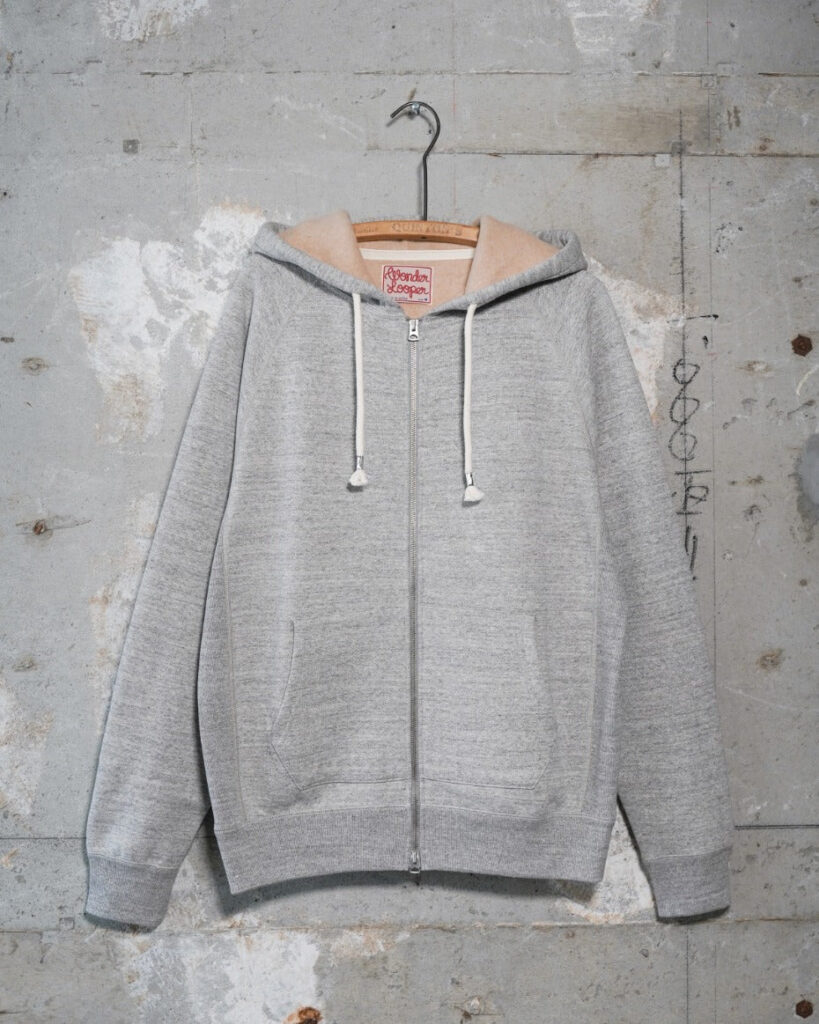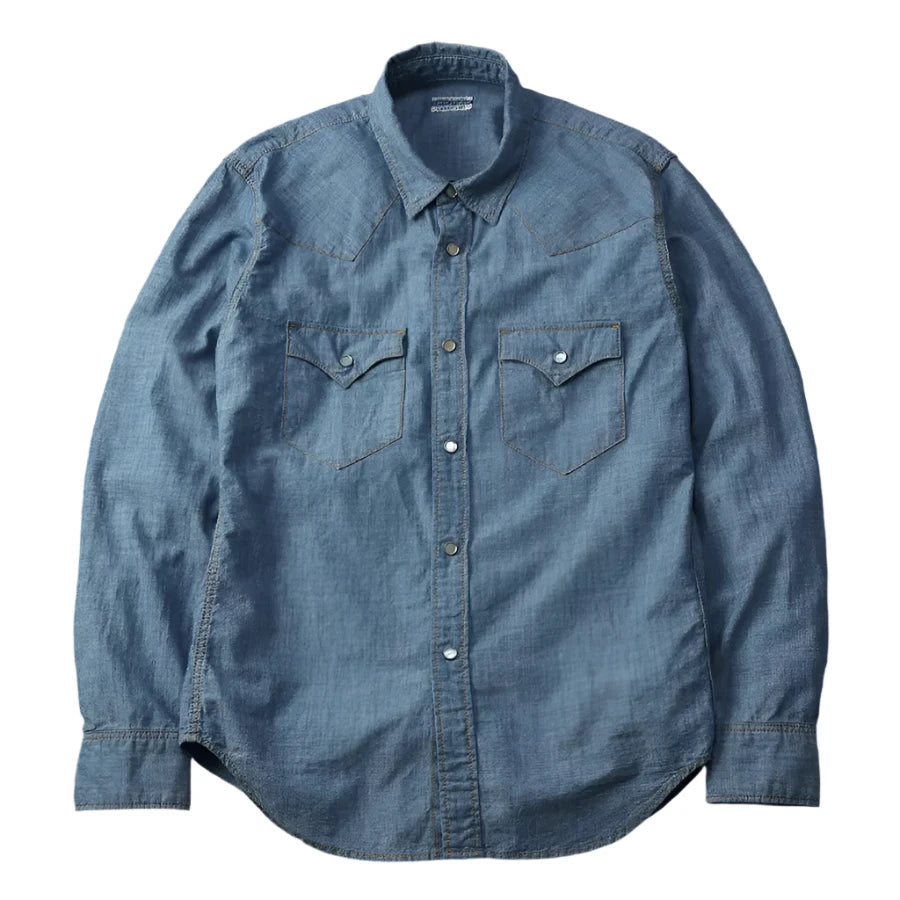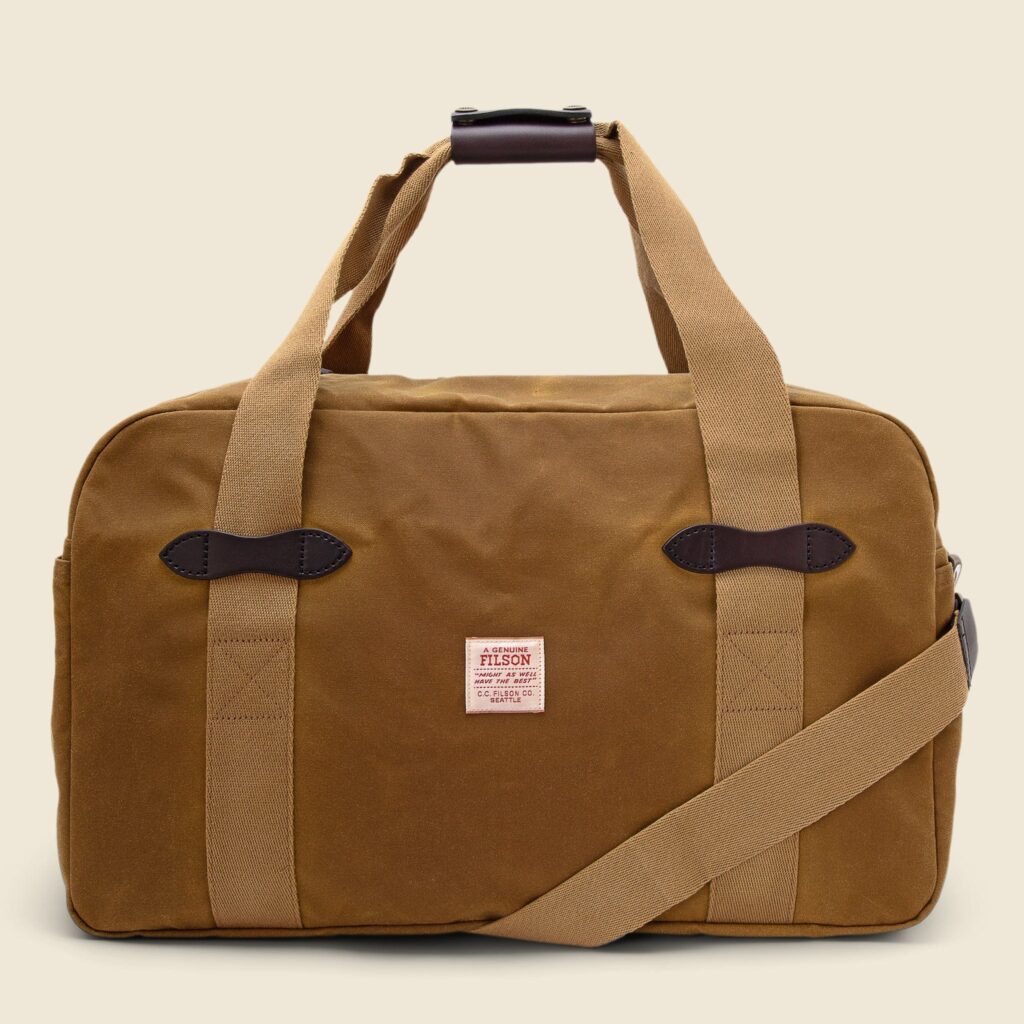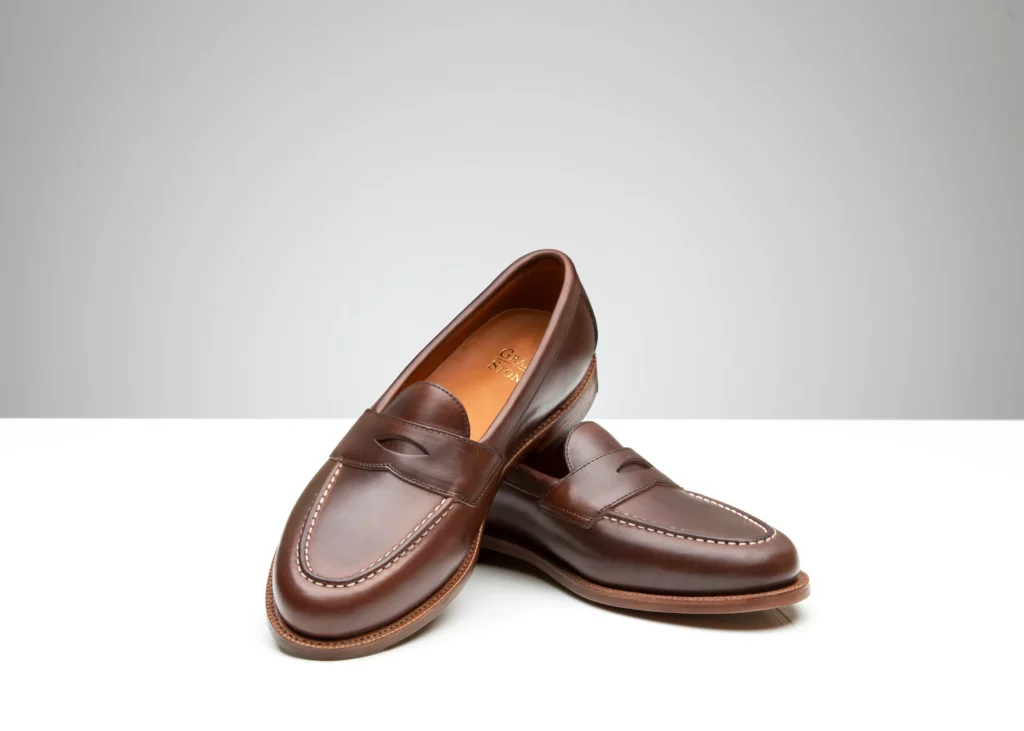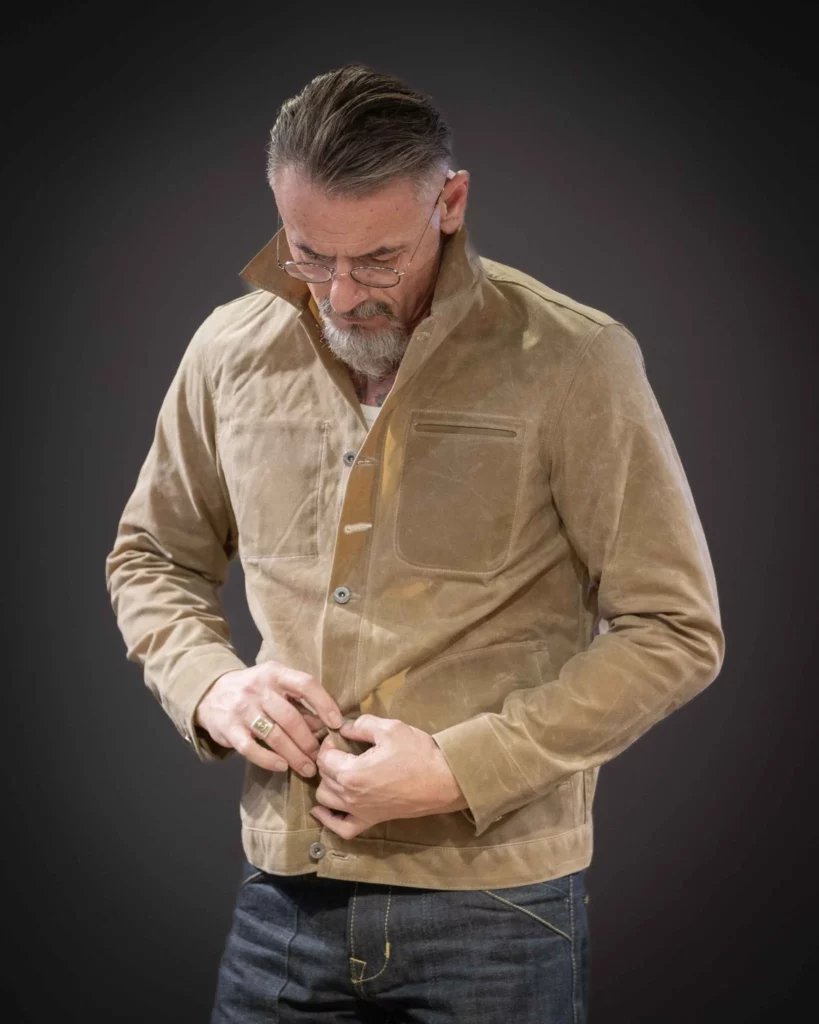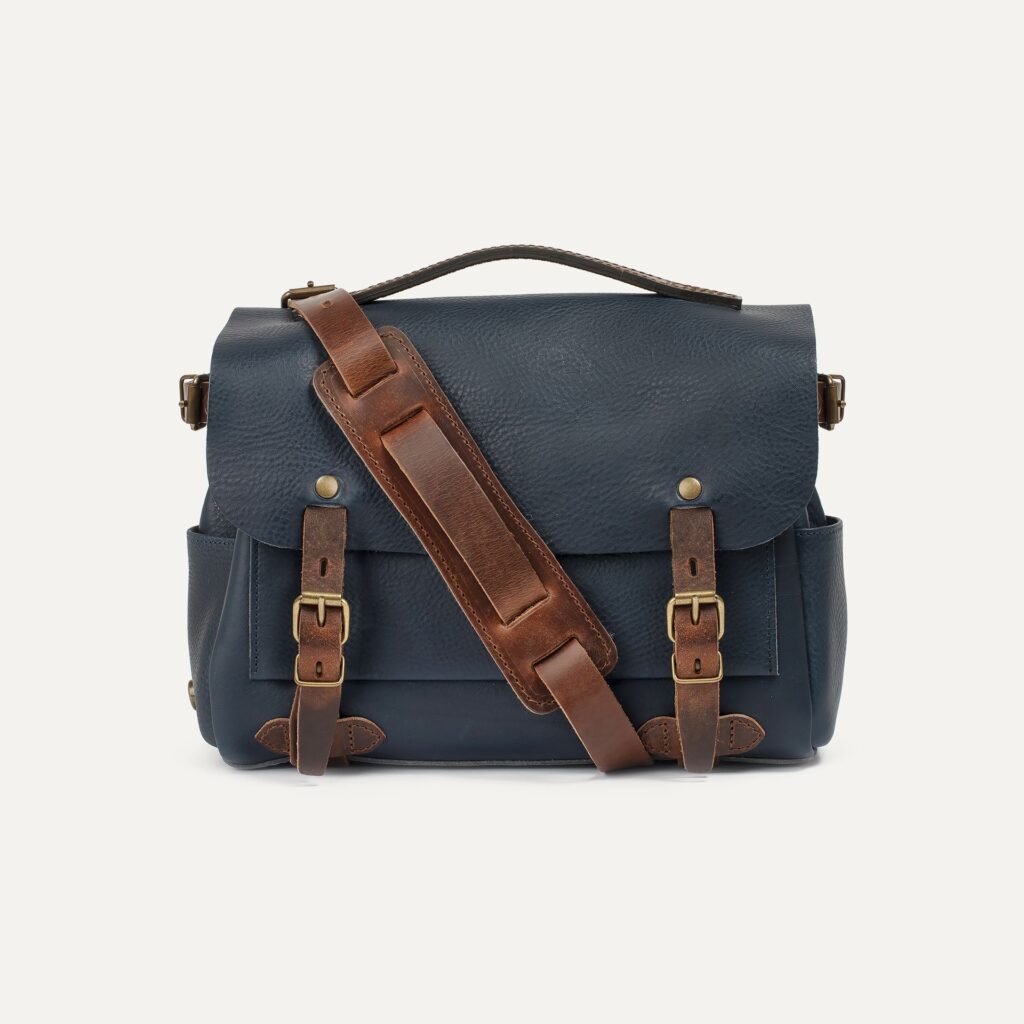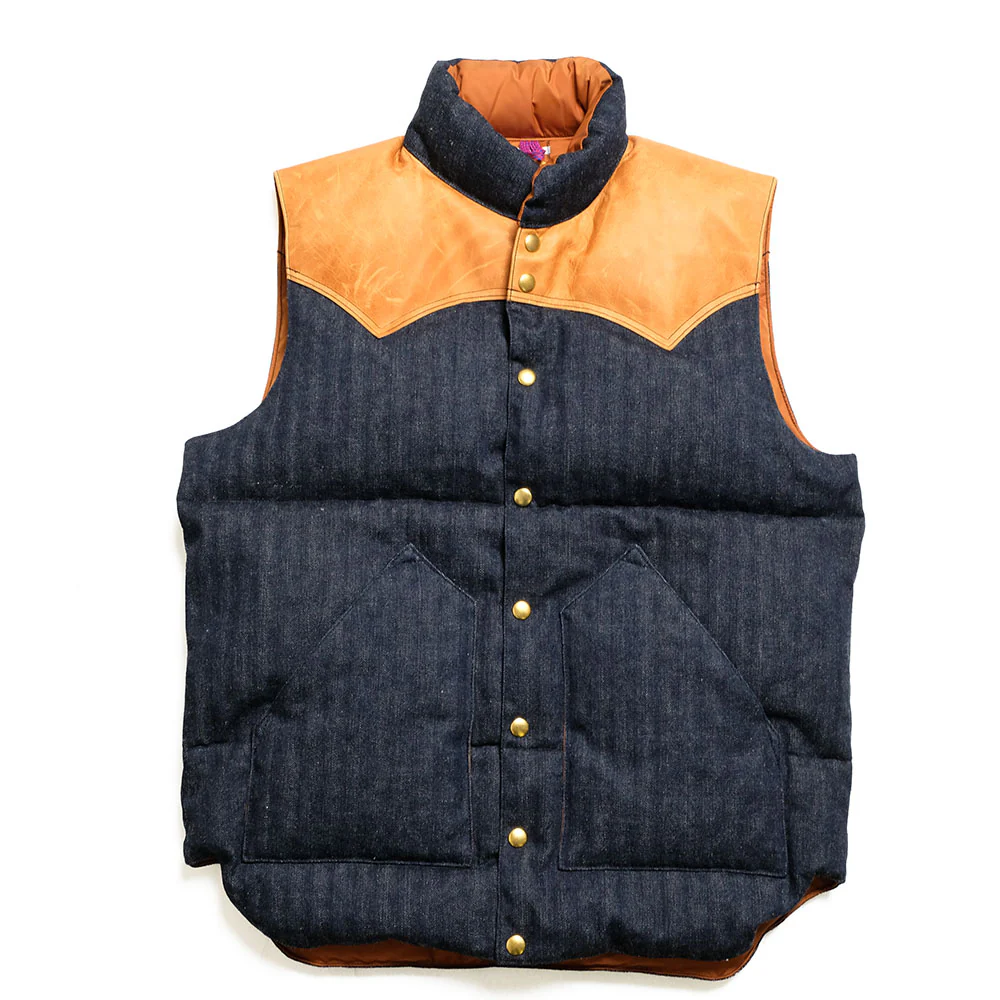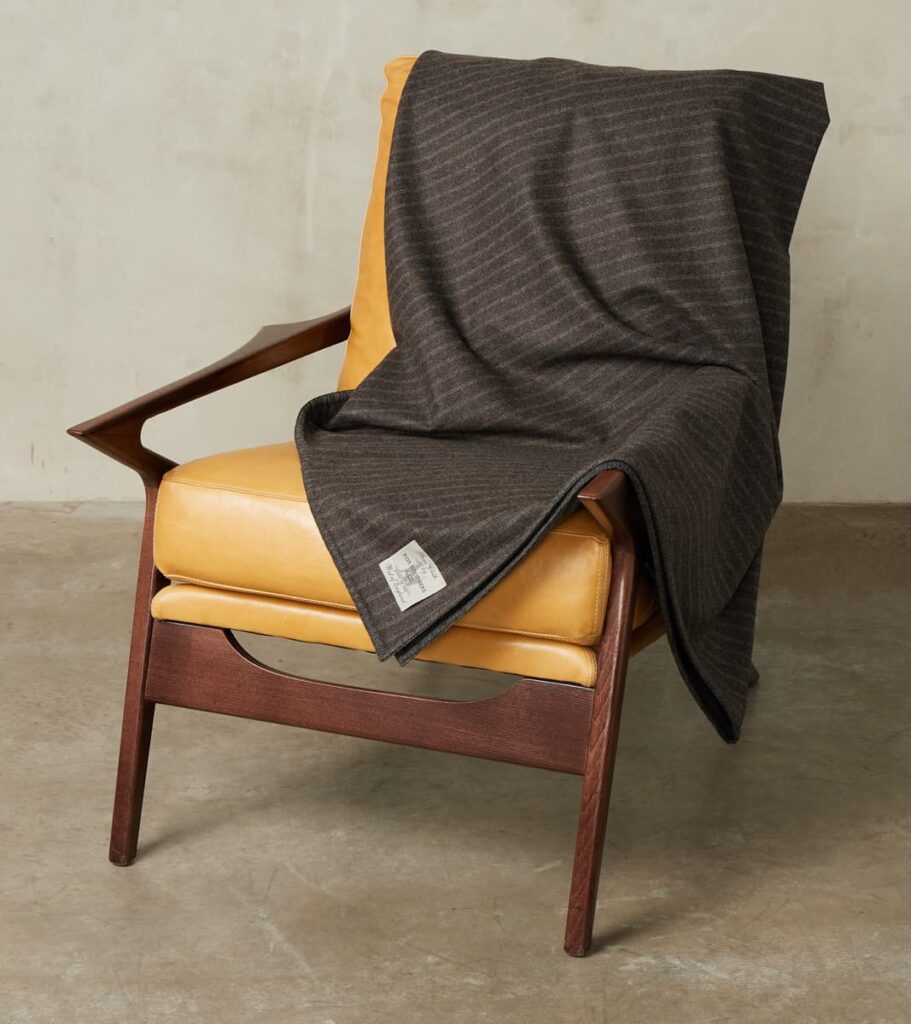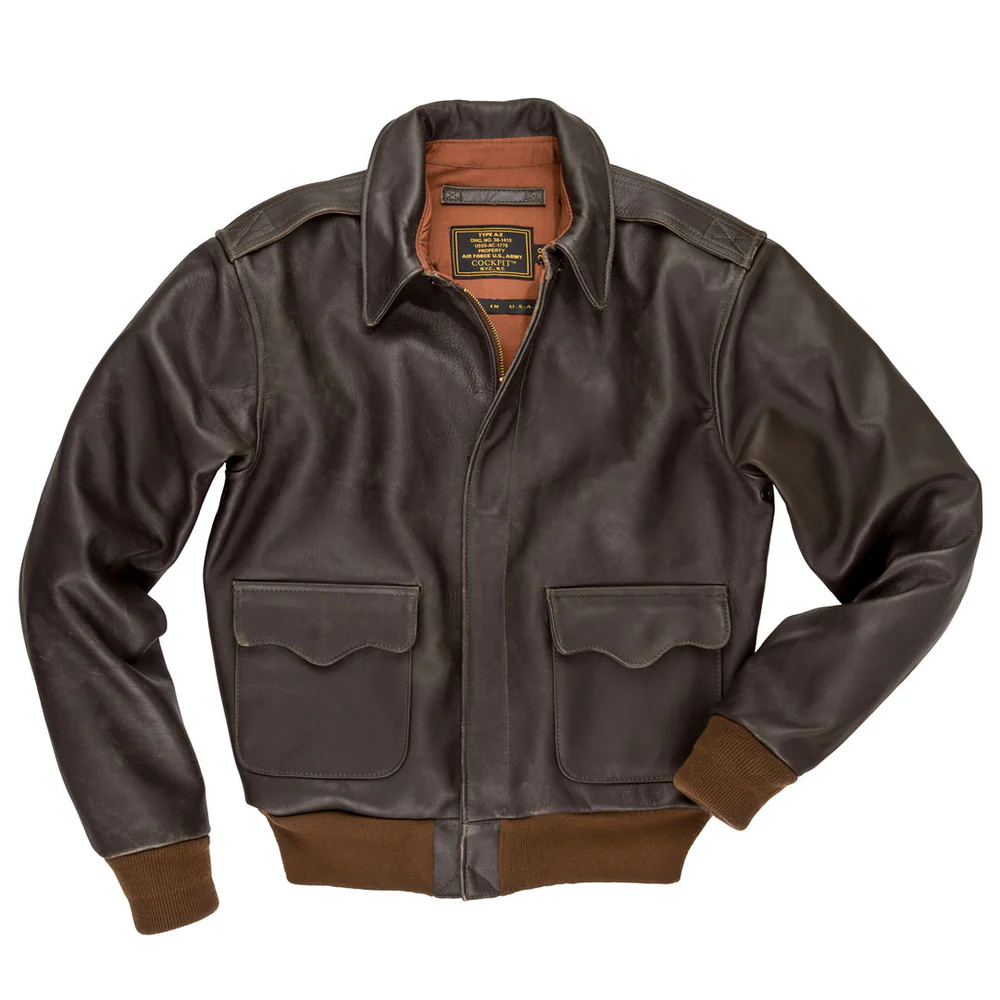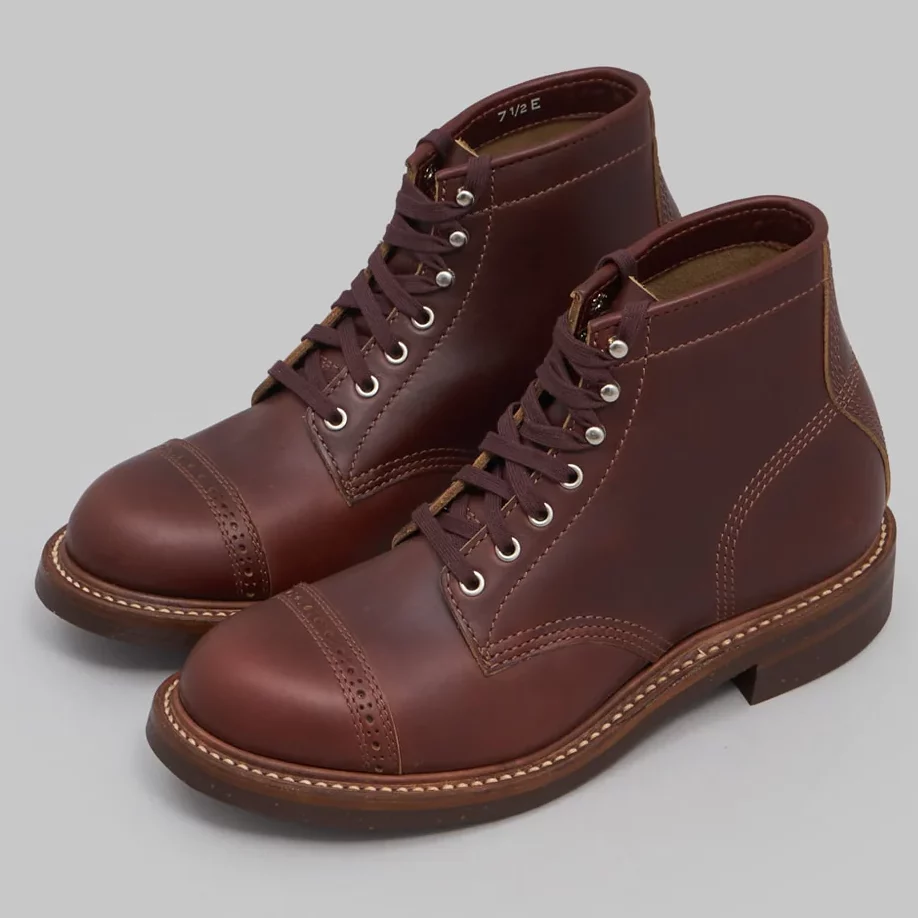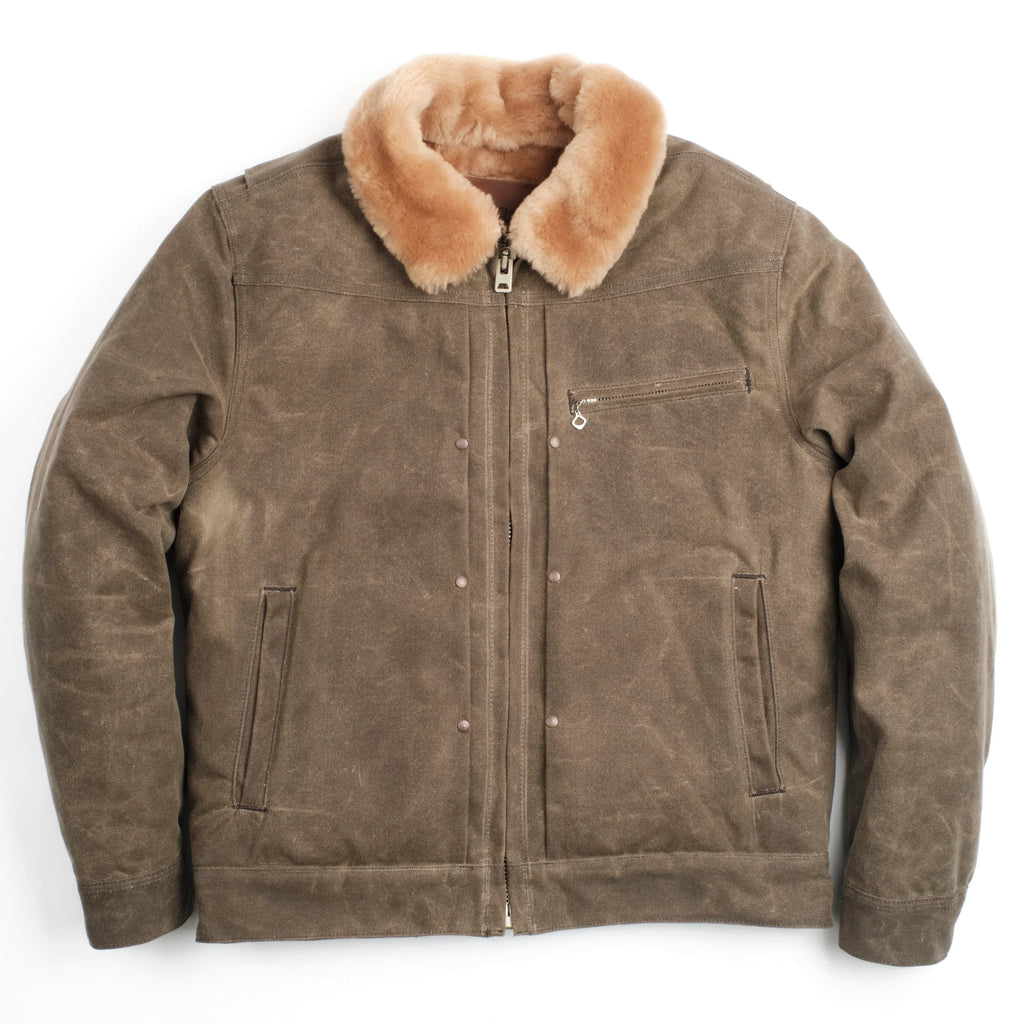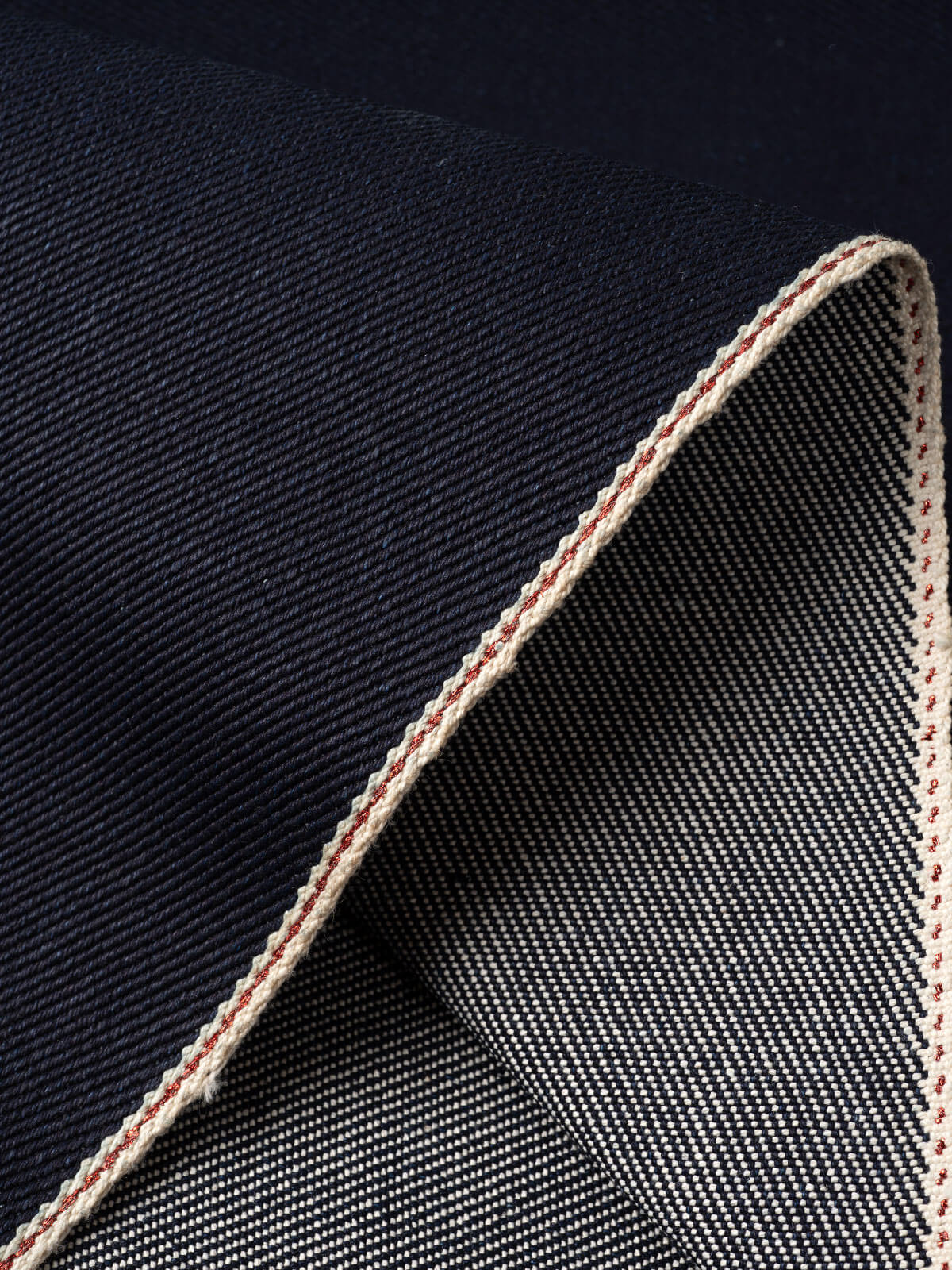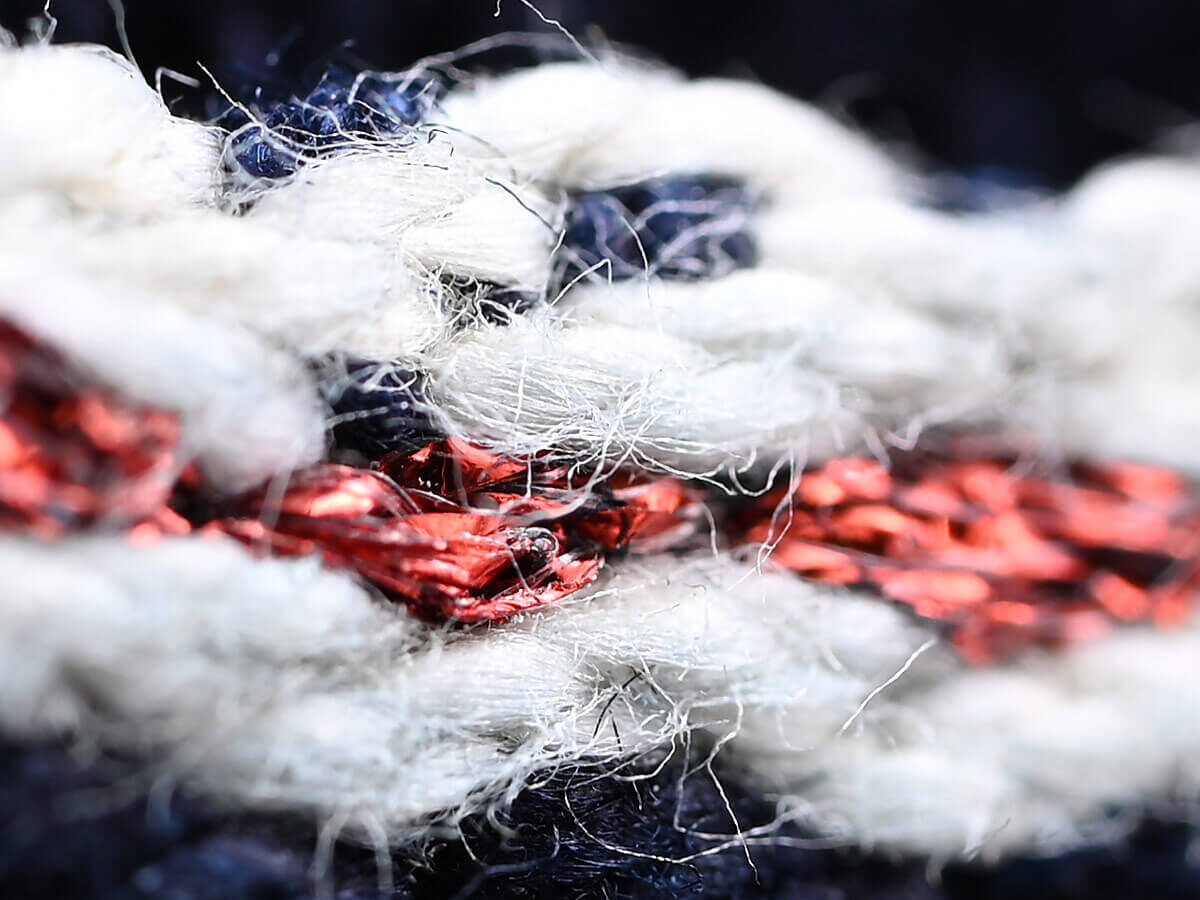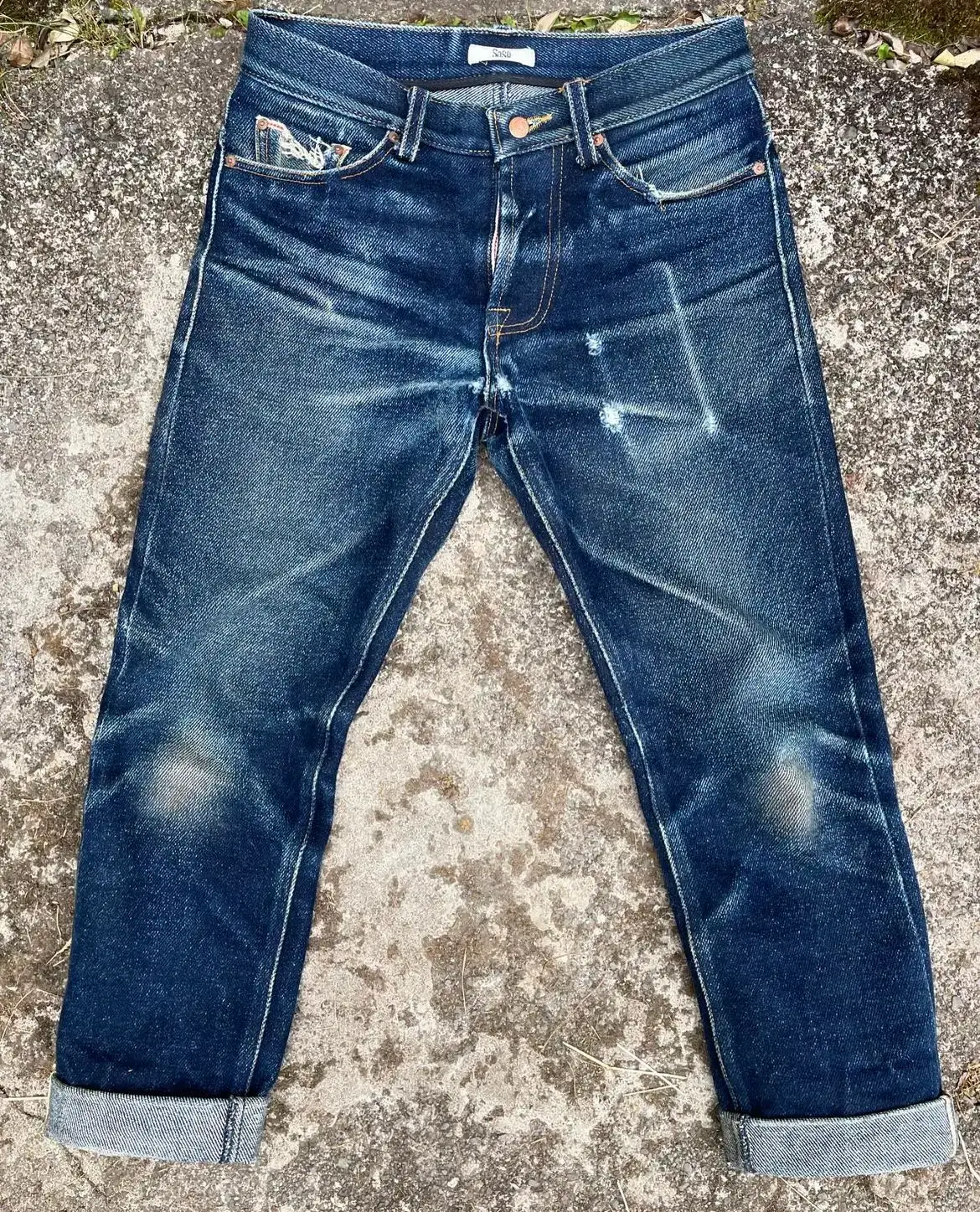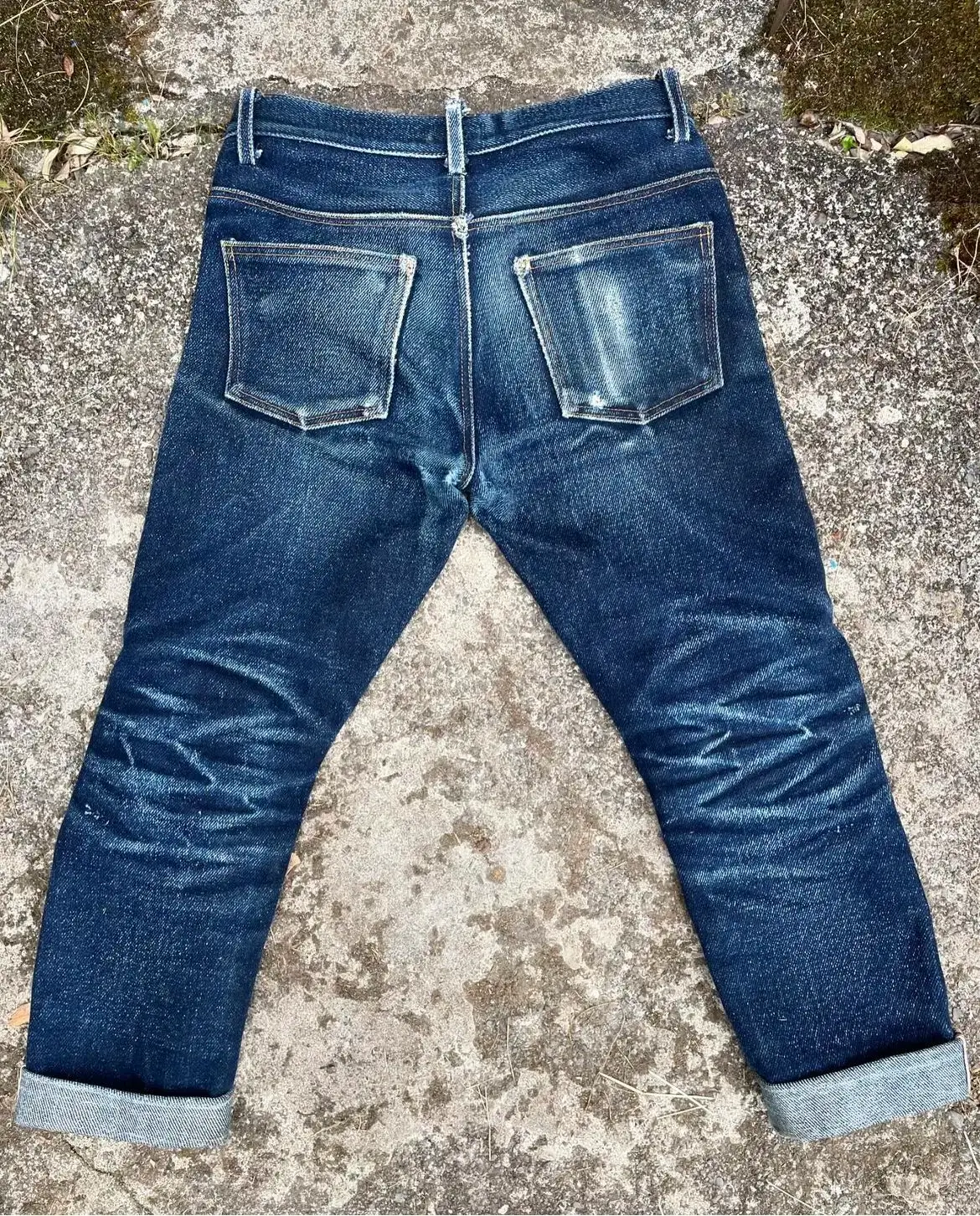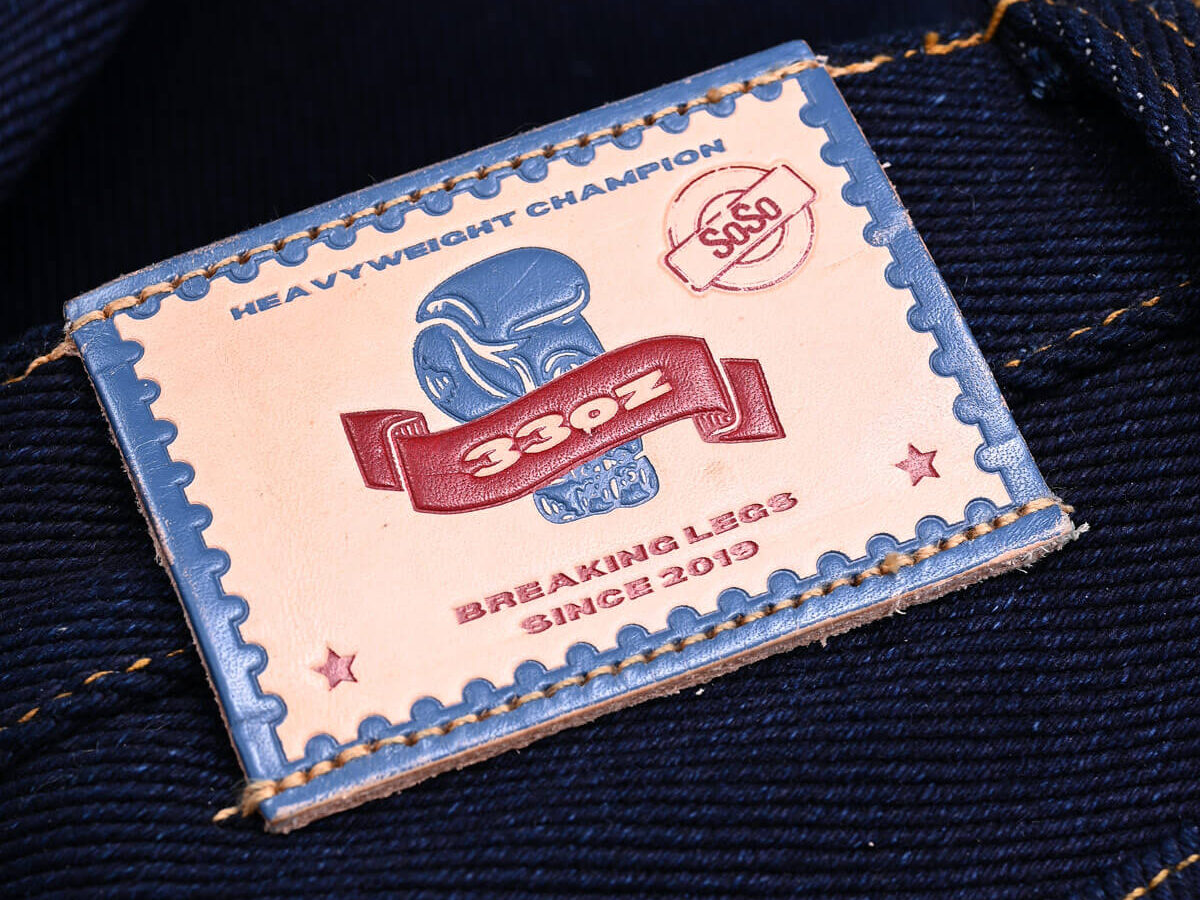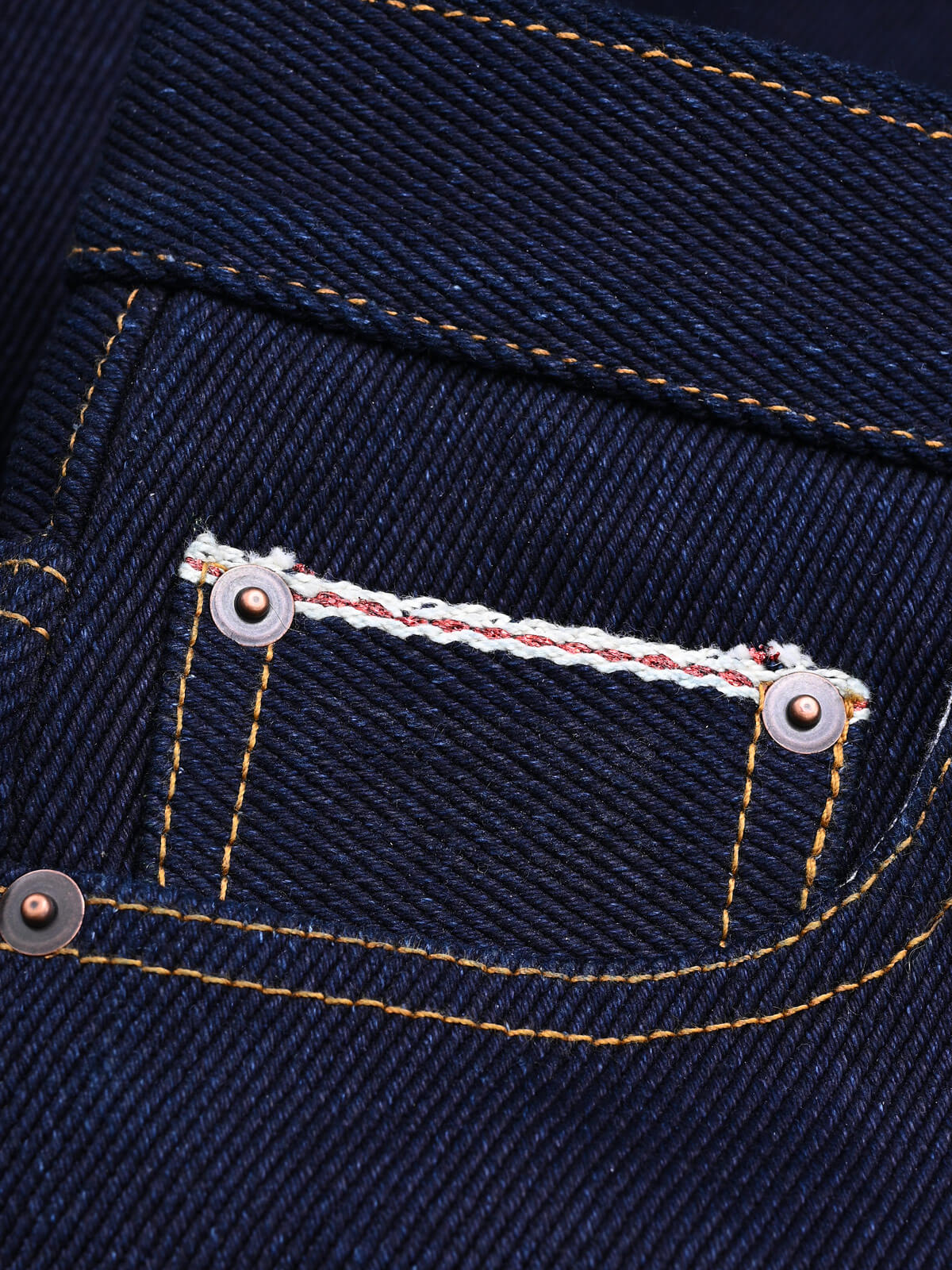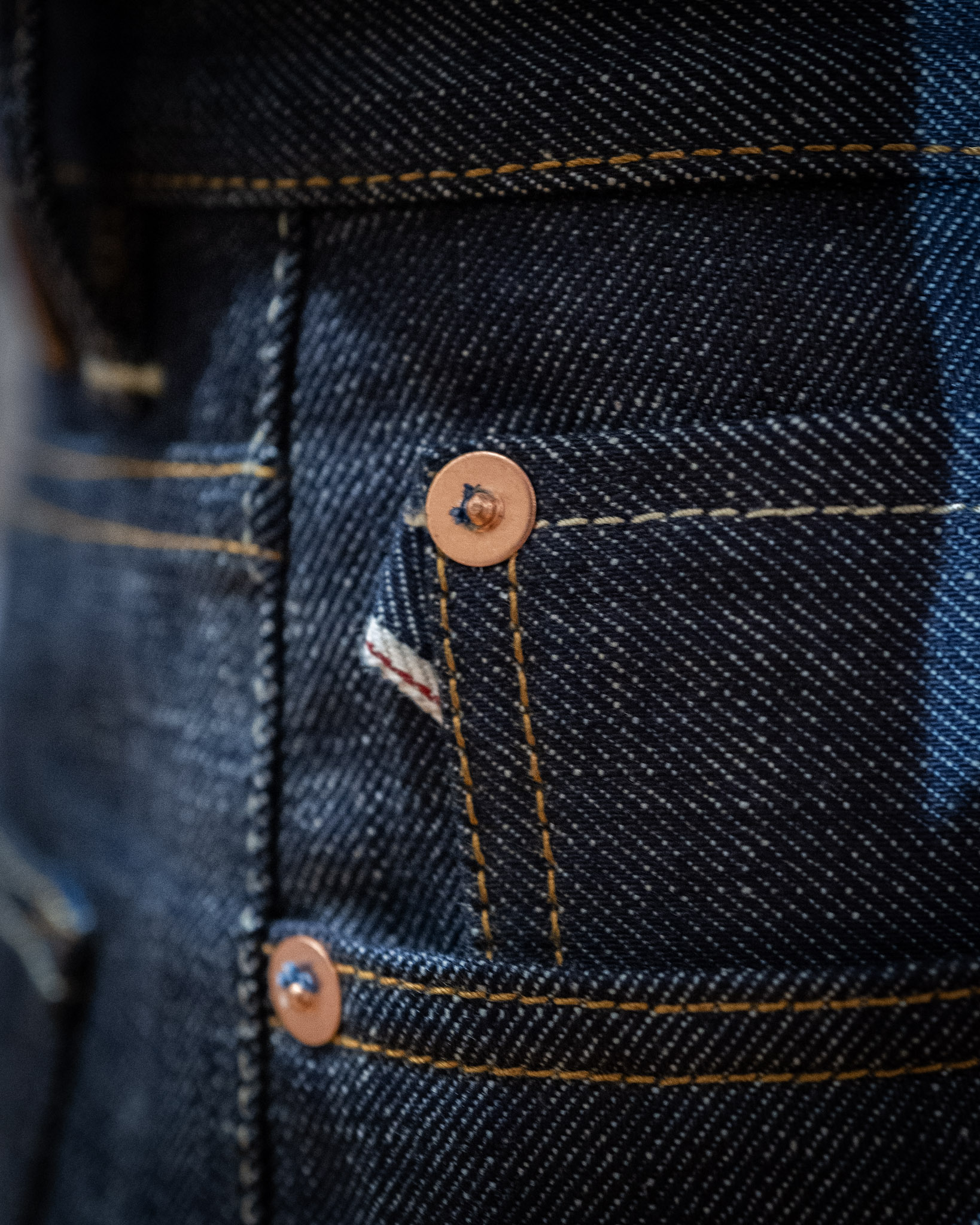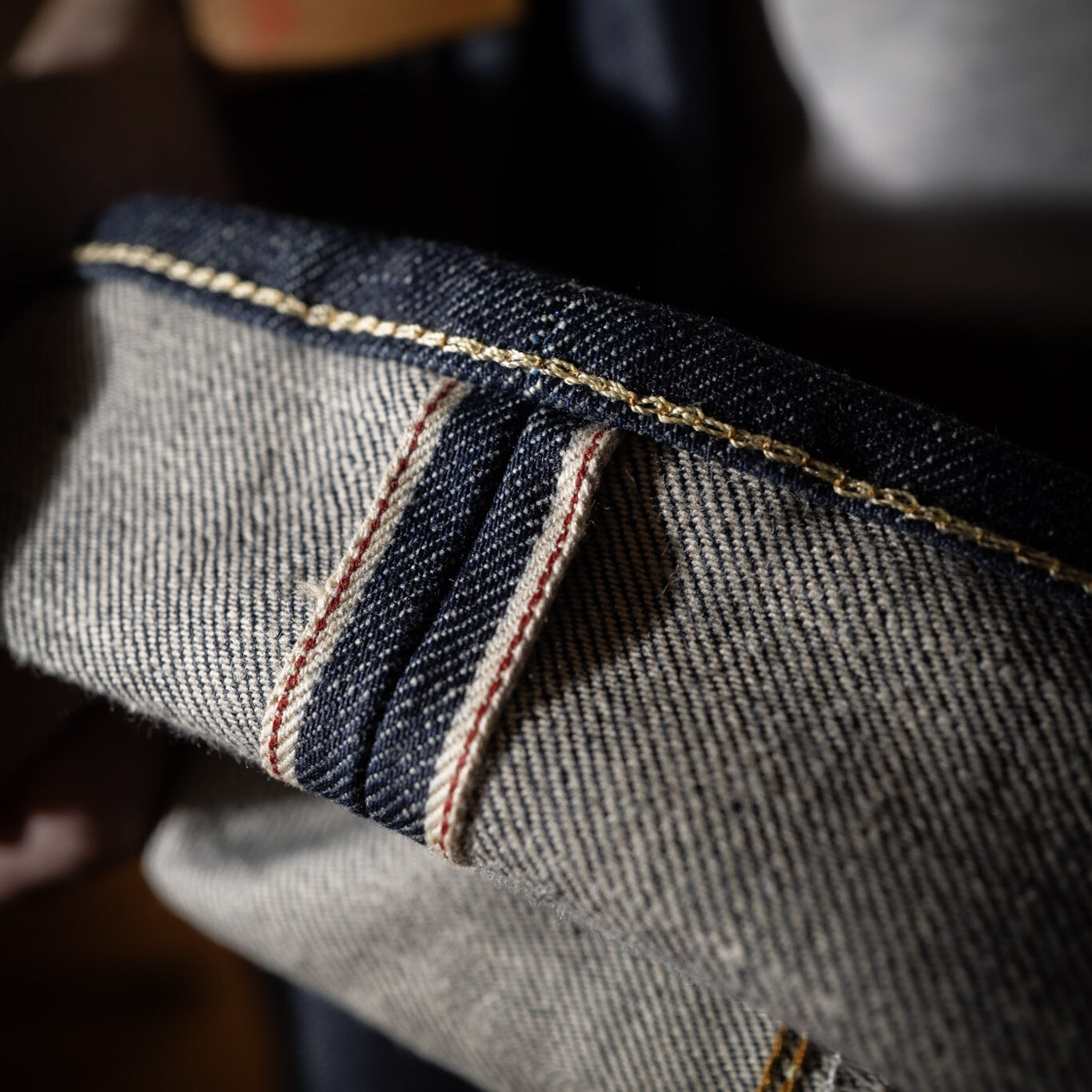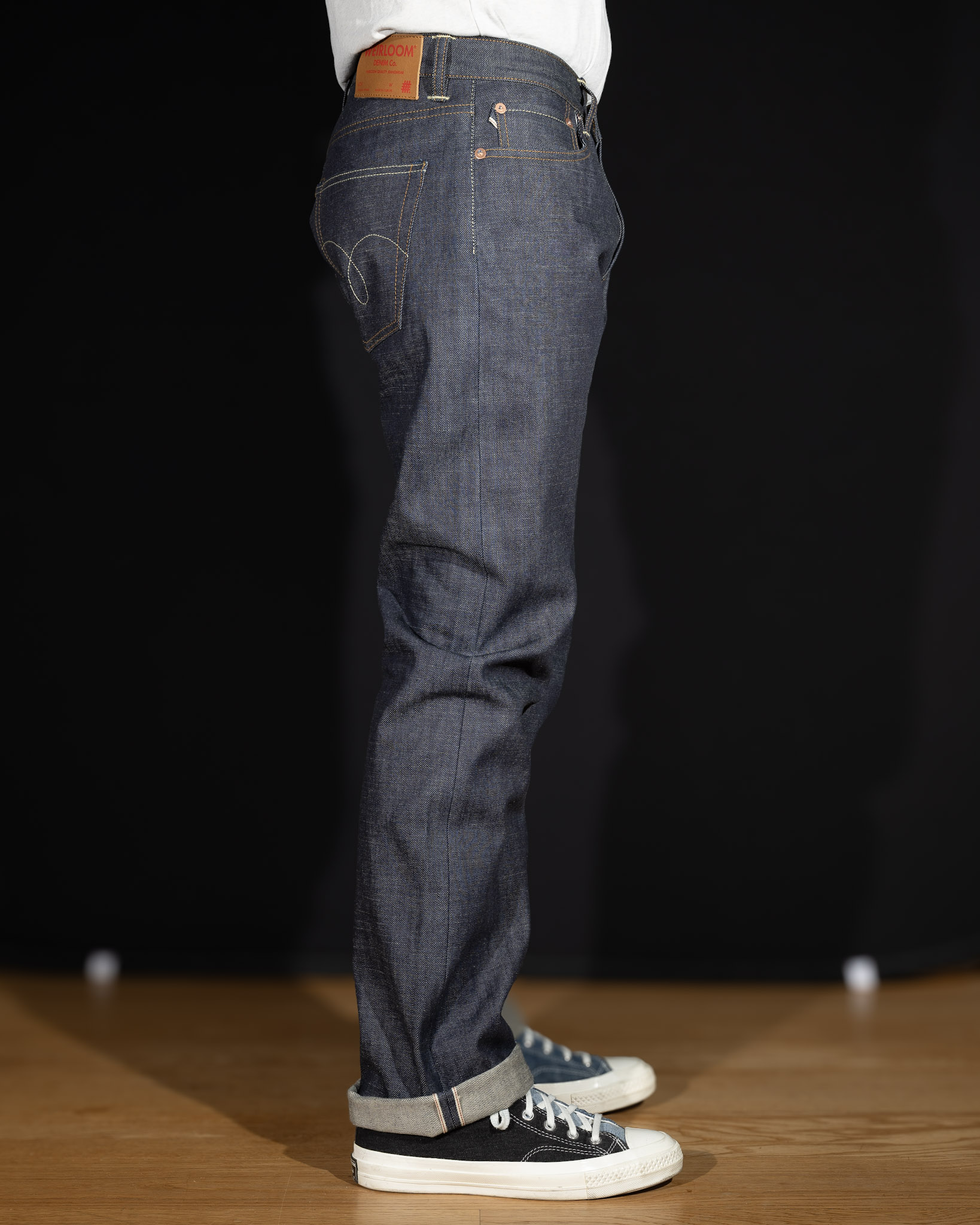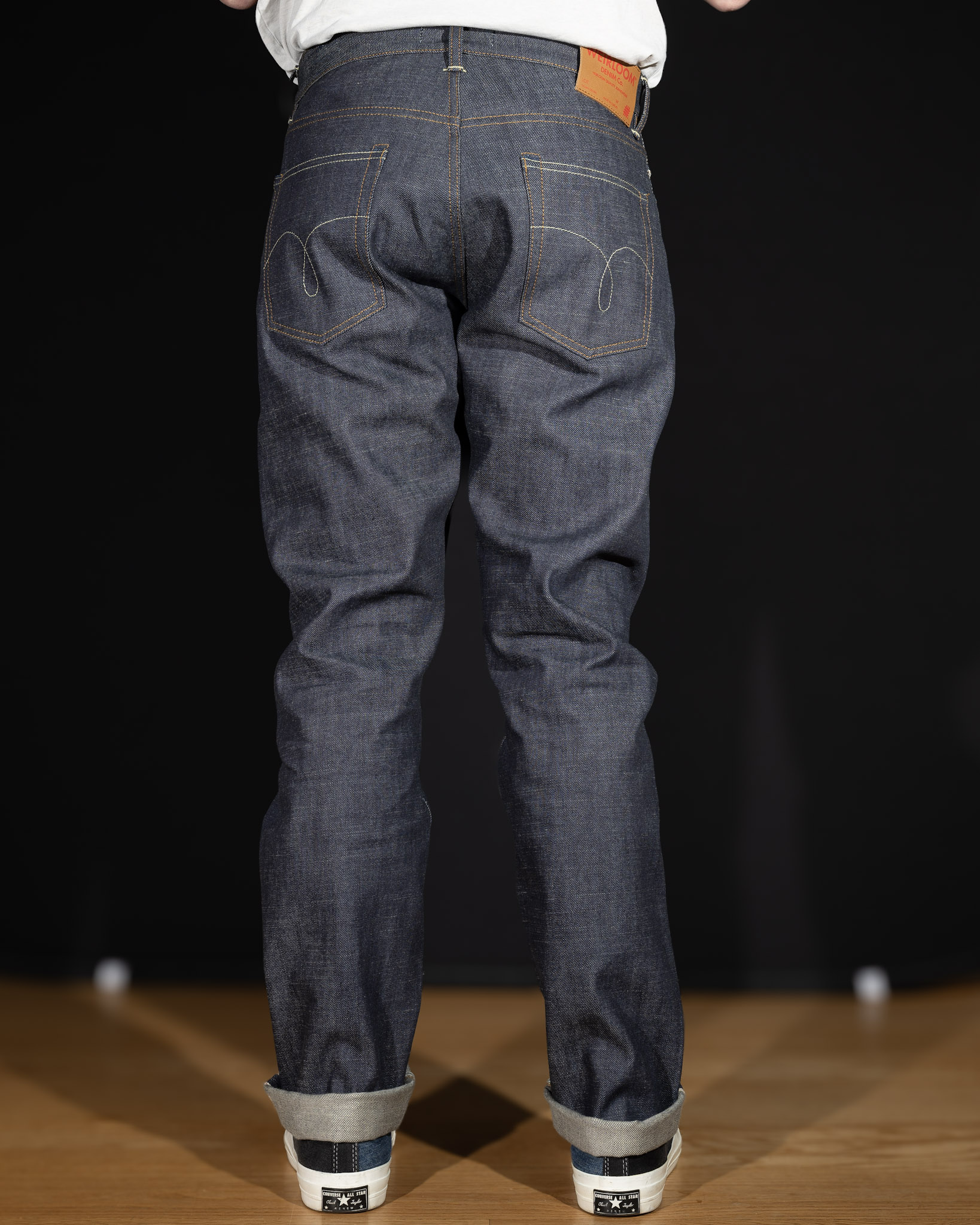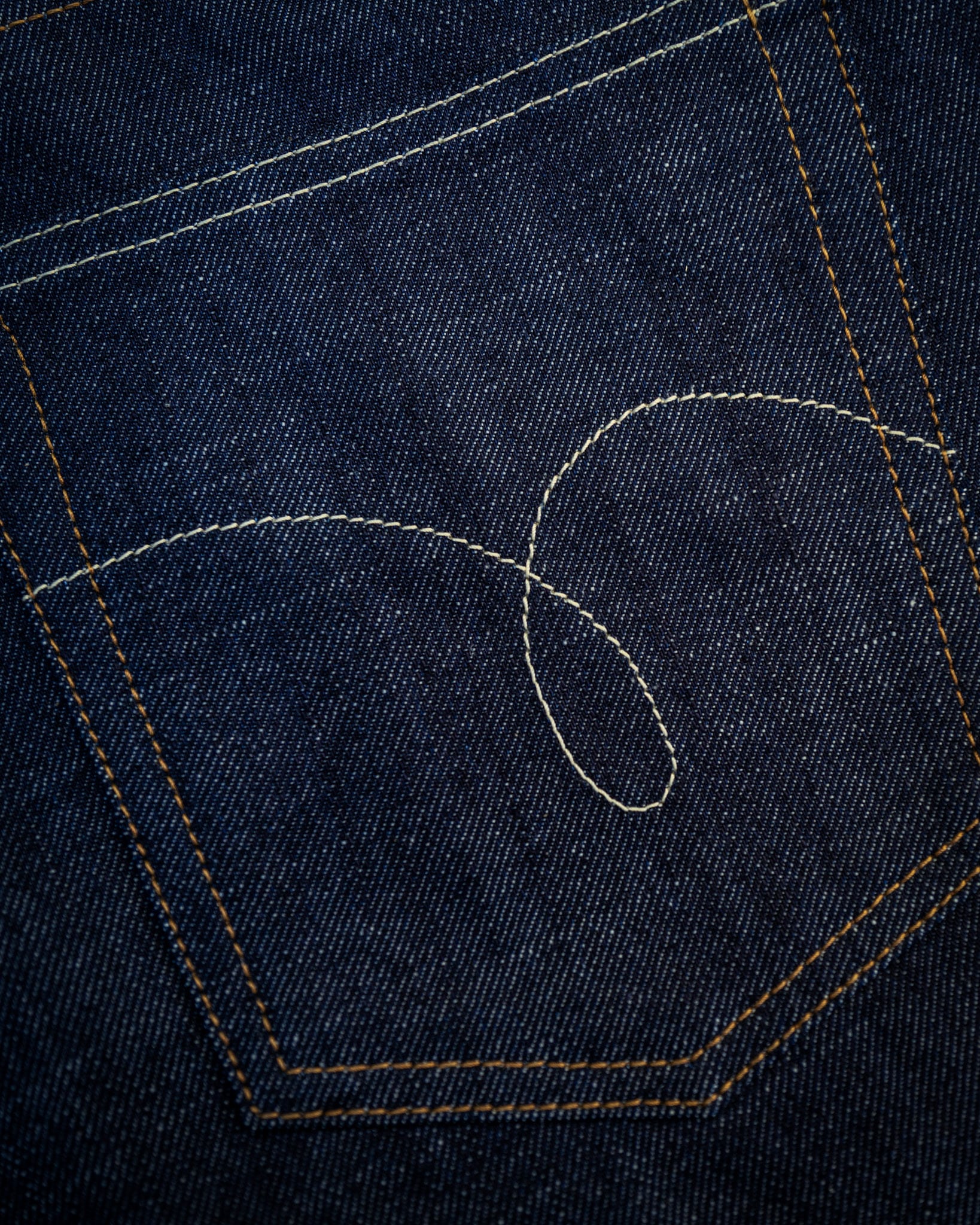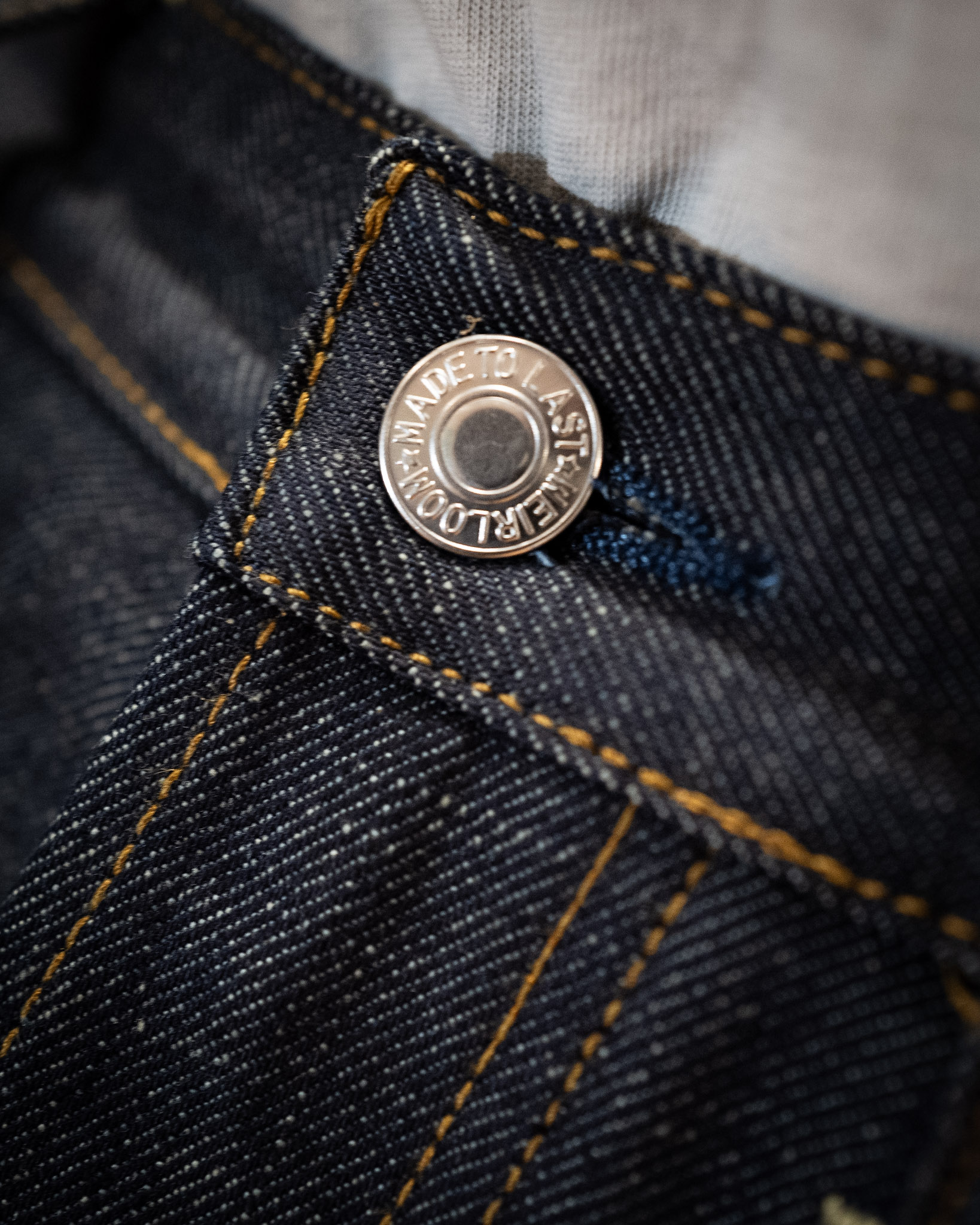As we have pointed out in our trend reports for quite some time, the Western trend is definitely a thing – and not going anywhere soon. So, if you’ve been seeing more cowboy boots, boot-cut jeans, and denim styled like ranch wear lately, you’re not imagining it!
This revival isn’t just rural or novelty. Big cities and runways are leaning into Western motifs, and reimagining them for urban wear. Designers and mainstream brands are reinterpreting Western elements by blending rugged Western heritage with contemporary tailoring or streetwear details.
Abercrombie & Fitch is one of the brands who has this style nailed down to the dots and we want to share with you:-)
Their High Rise Bootcut Jeans are available in three different washes, and my personal favorite is the one with the brown leather-like coated panels (see below).


Abercrombie’s classic bootcut features a high rise, slim through the hip, seat and thigh to show off your best butt. Slightly flares at the calf into a full-length, bootcut leg shape. The jeans are made of stretch denim with superior comfort. You can wear these jeans over boots as well as with any other kind shoe.
Also worth mentioning is the fact that the very same jeans are also available for the curvier ladies. The Curve Love High Rise Bootcut Jean.


Sizes range from 24 to 34 and one of the things we love most is the fact that they also come with three different inseam options: short, regular, and long.
Have a look at our gallery below to see the other two available washes. One is a medium blue – prefect for a simple everyday look. The other is made of cru denim featuring subtle embroidery.




The post Abercrombie – The Perfect Western Jeans first appeared on Denimology.
DENIM and PATCHES sourced this post originally published on this site






